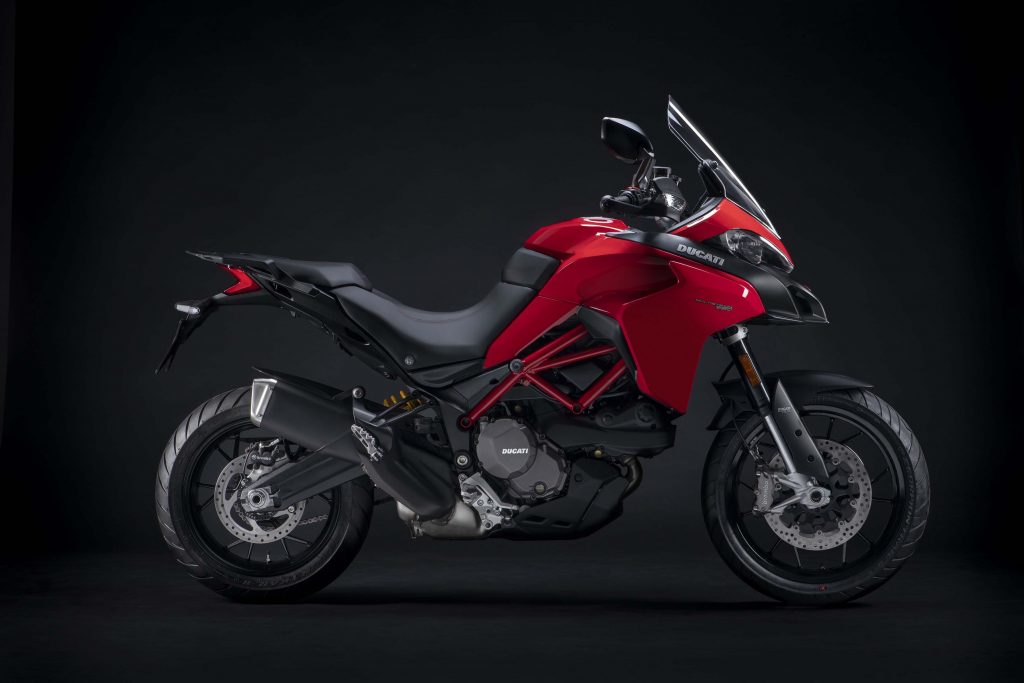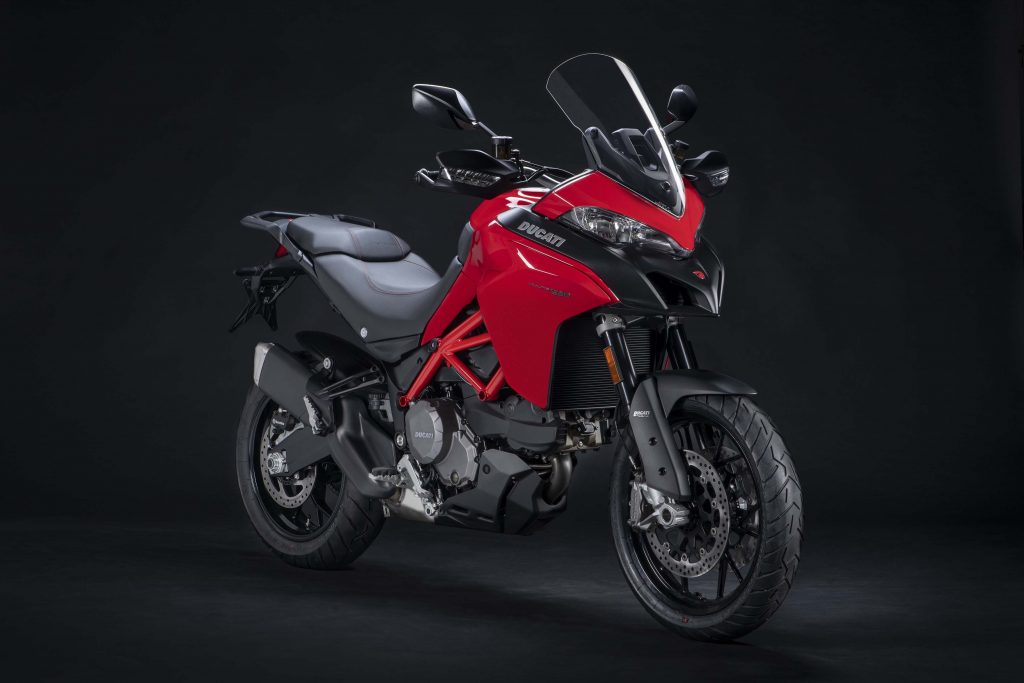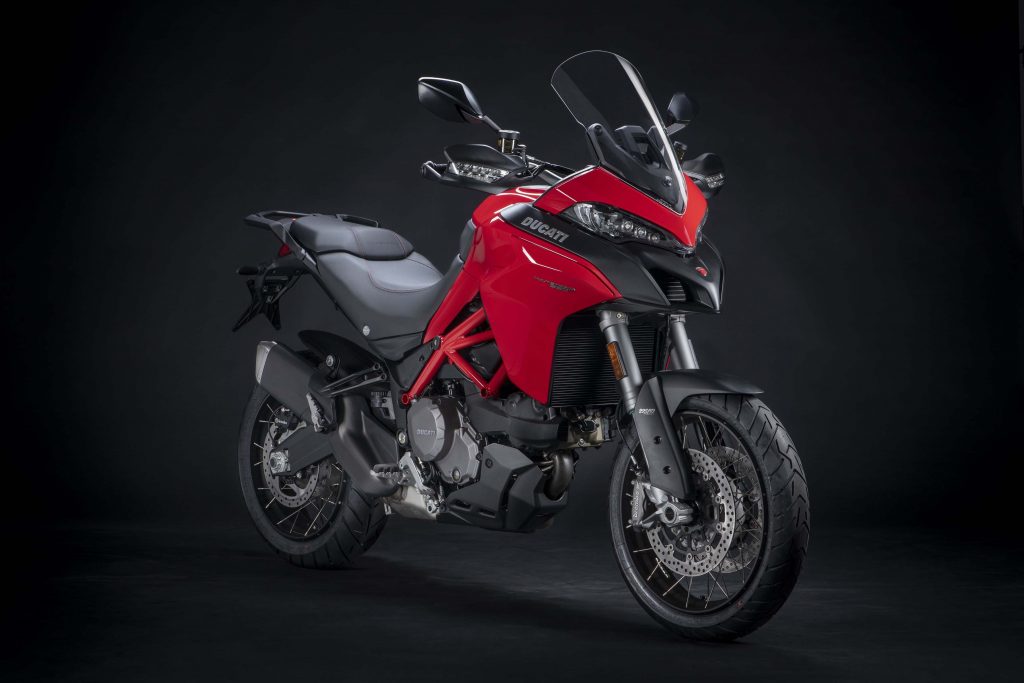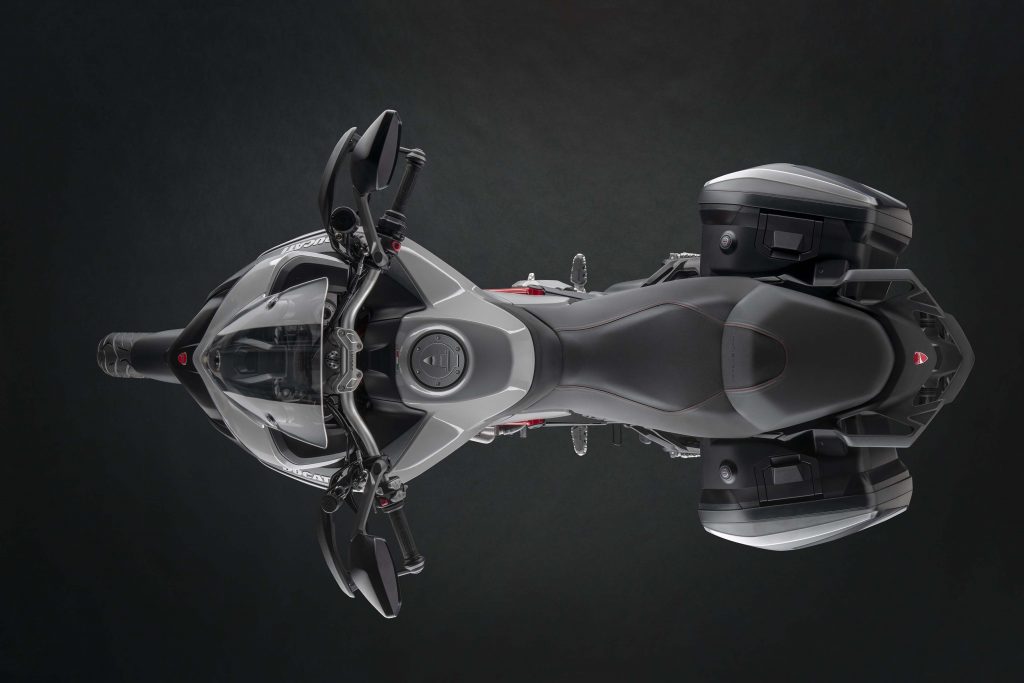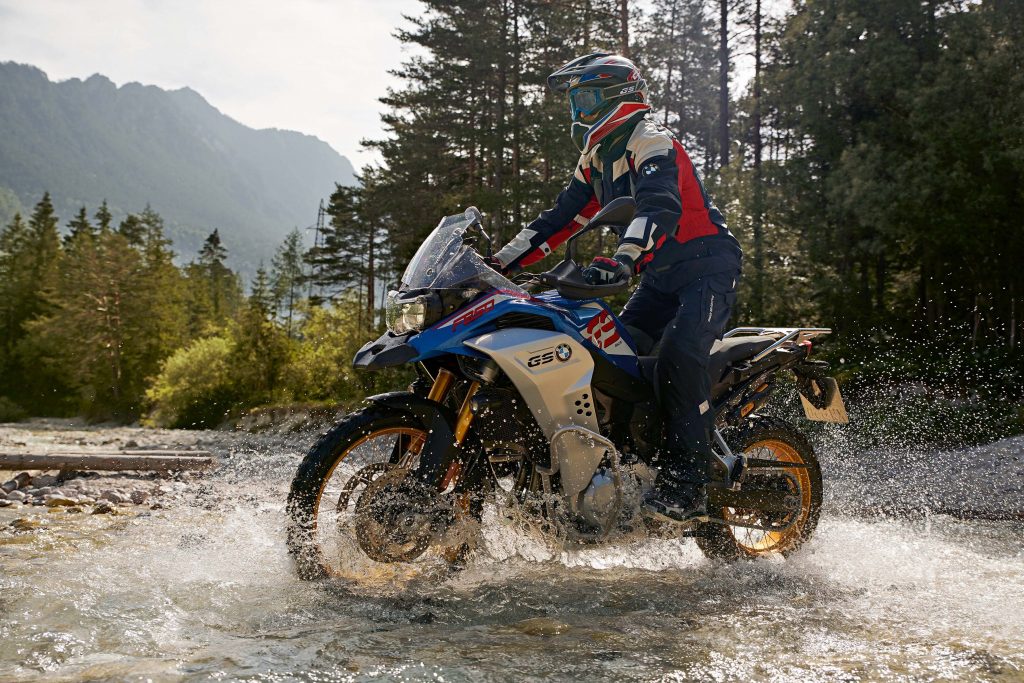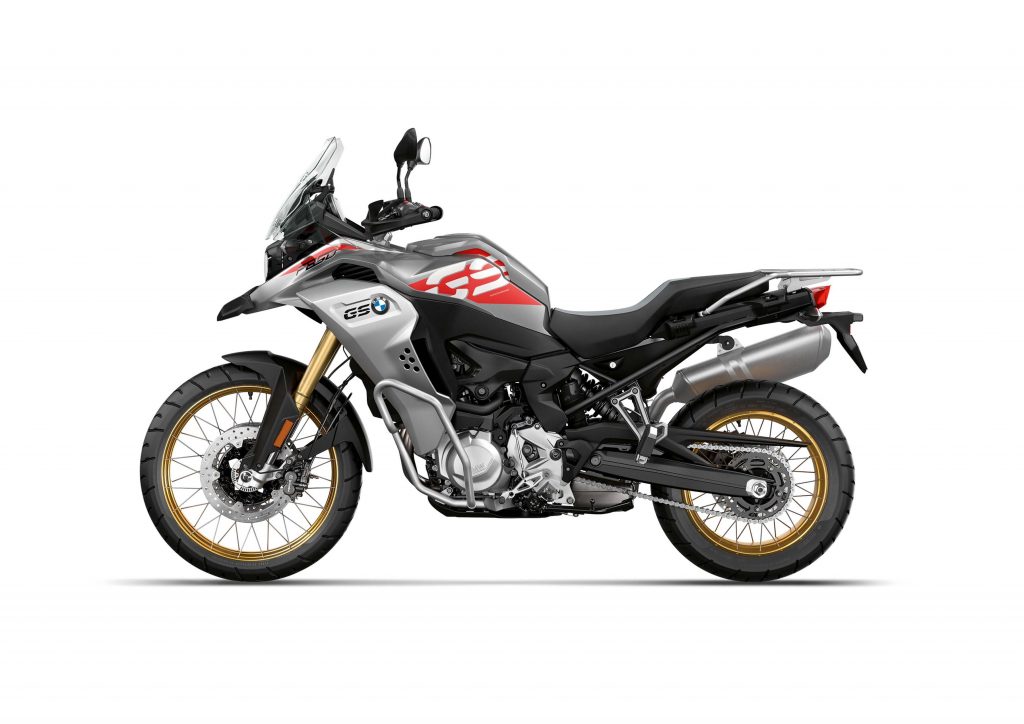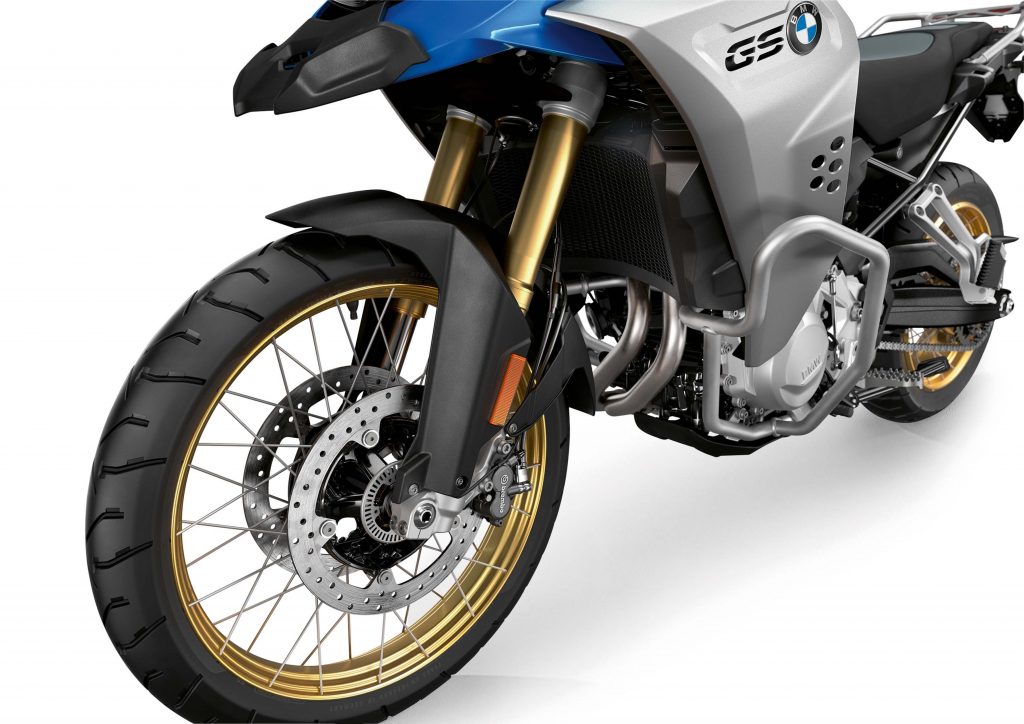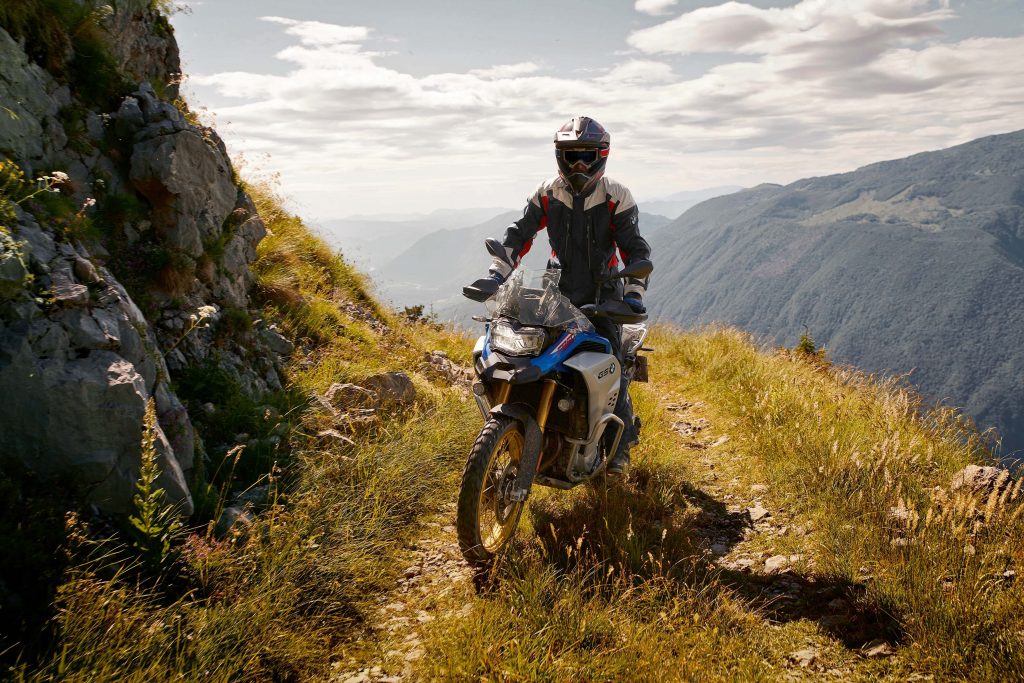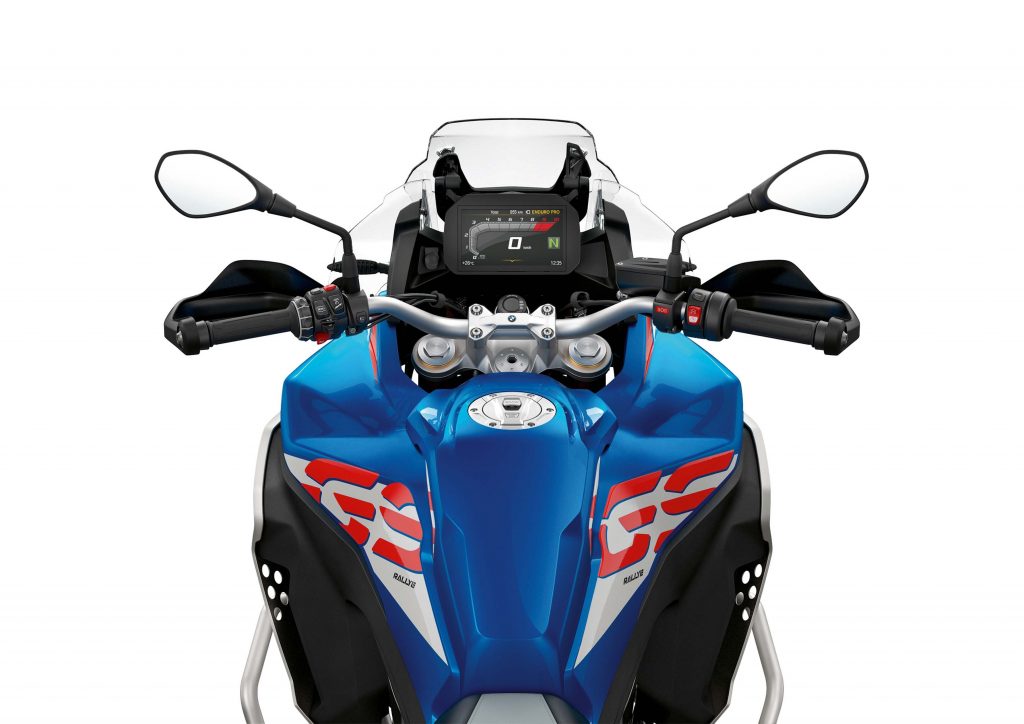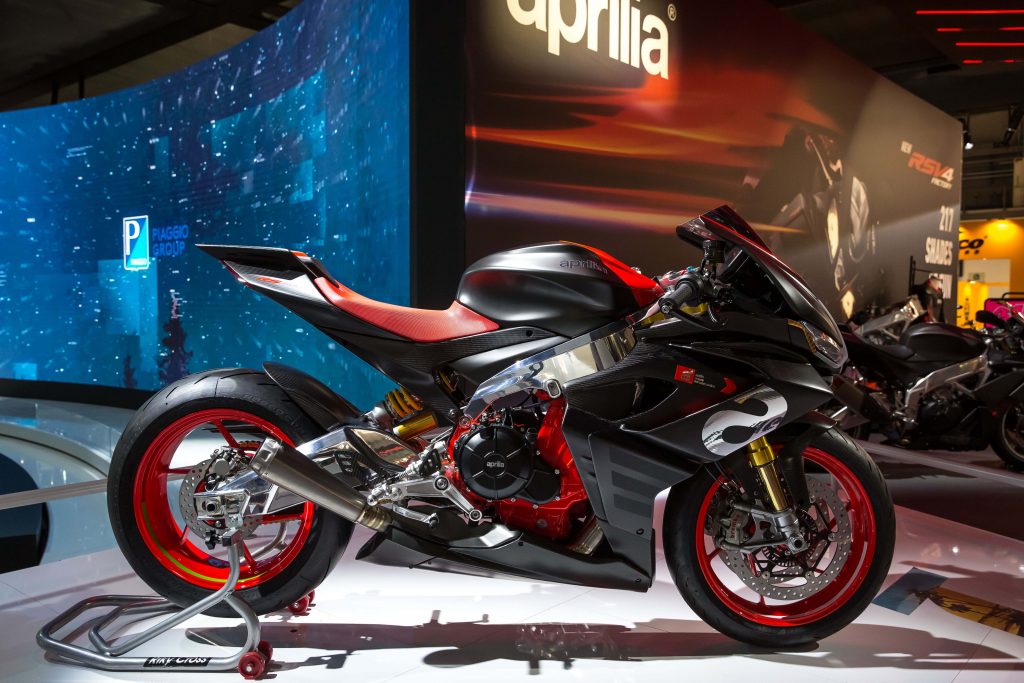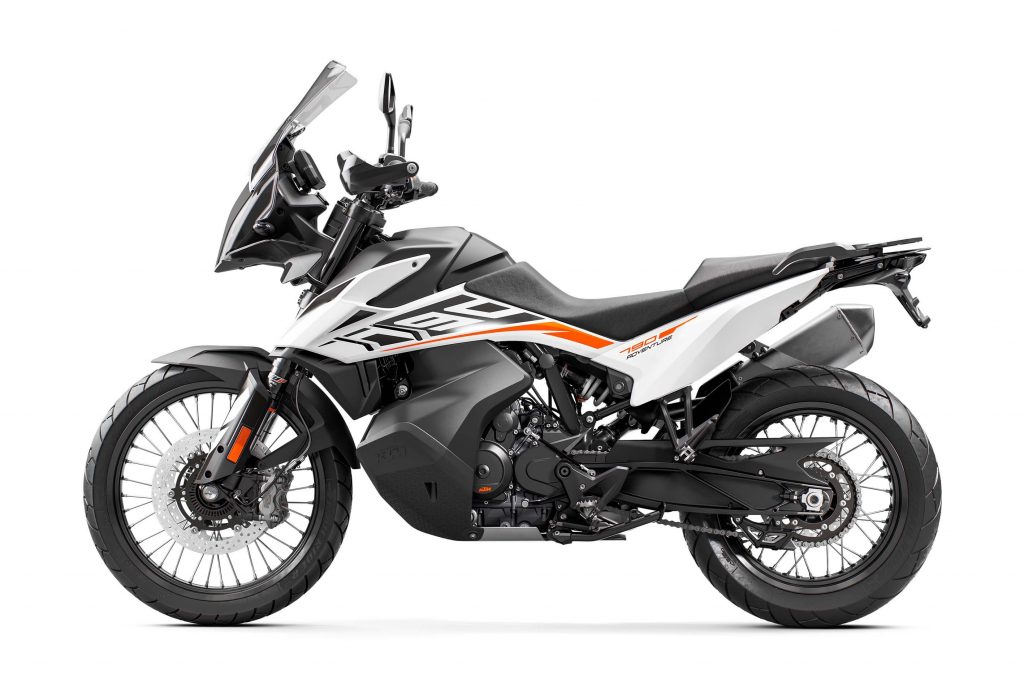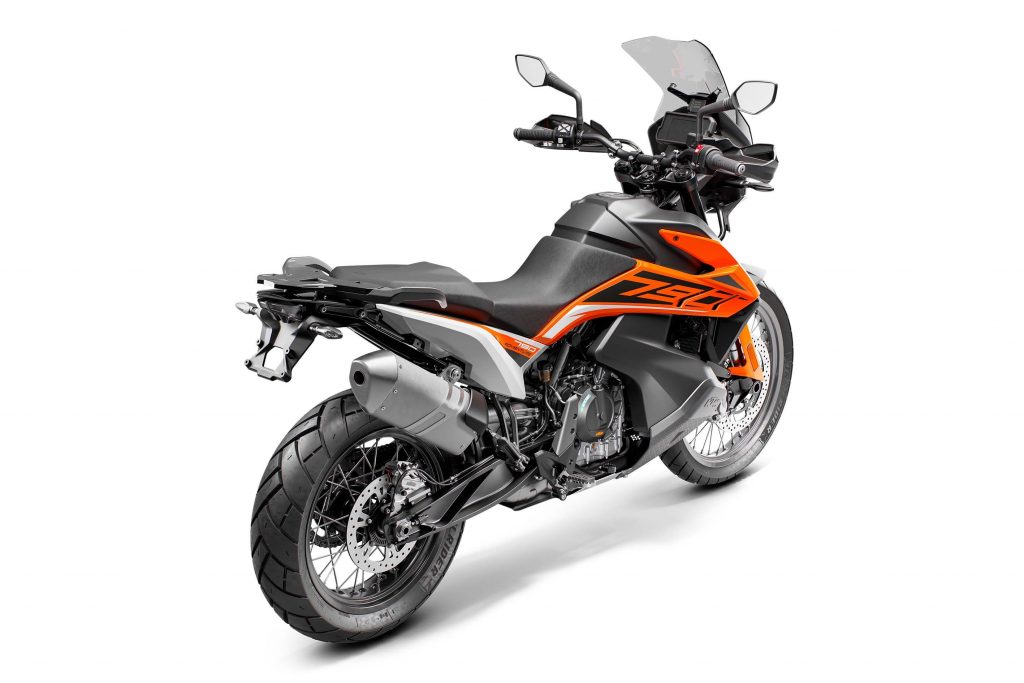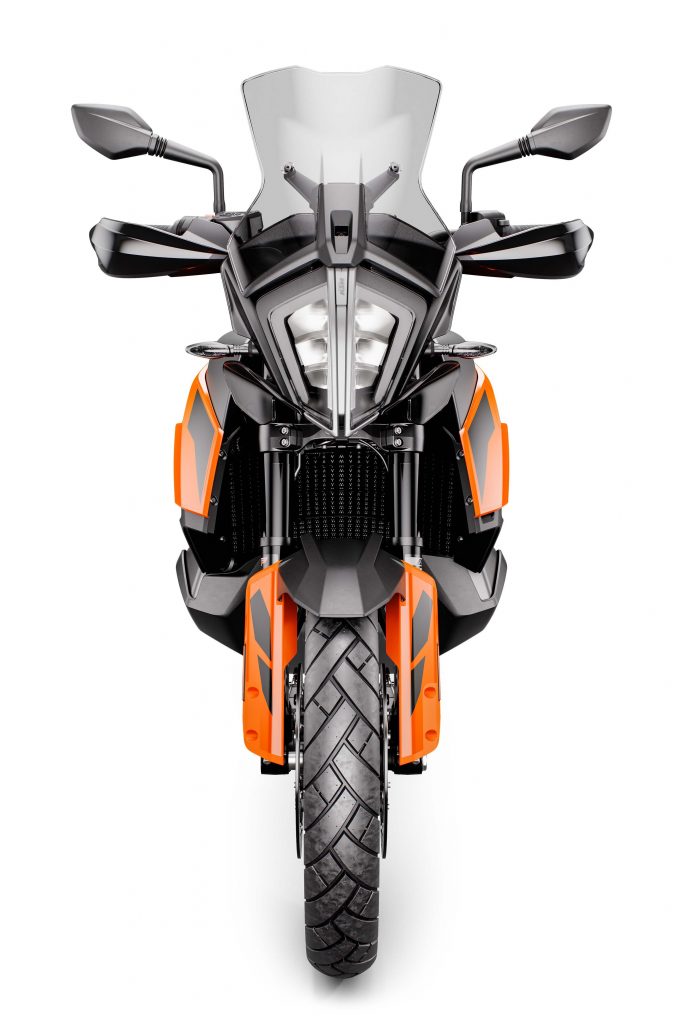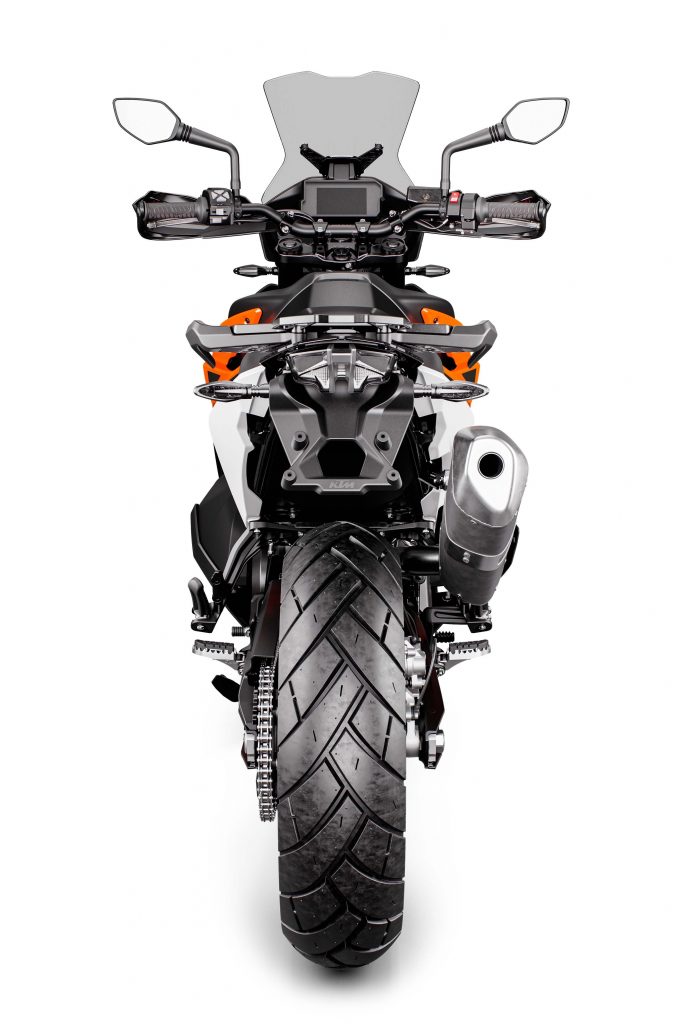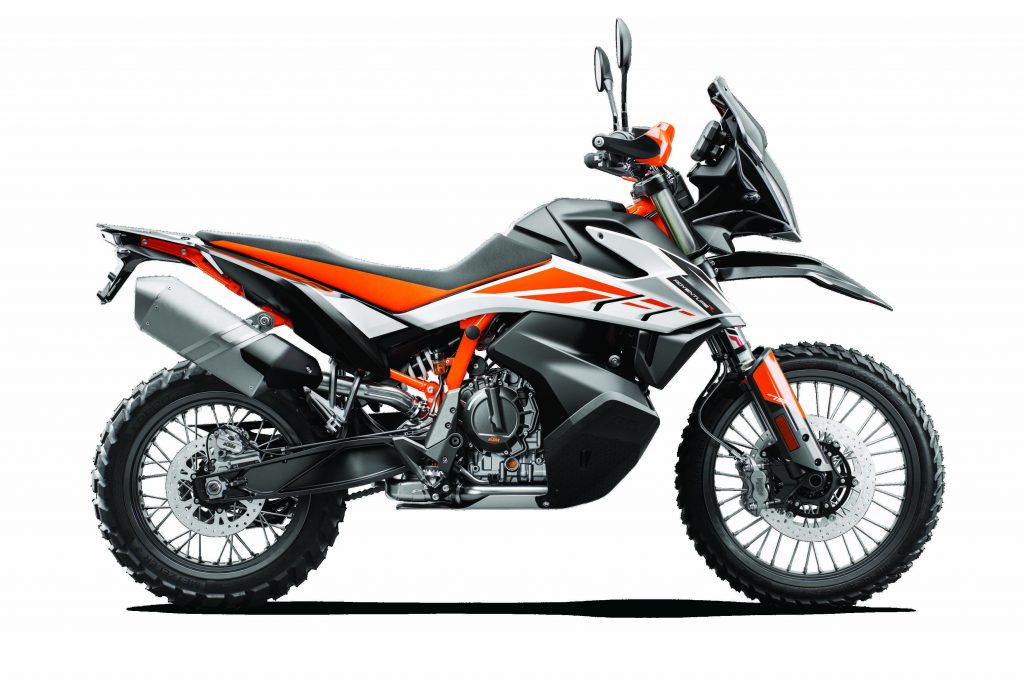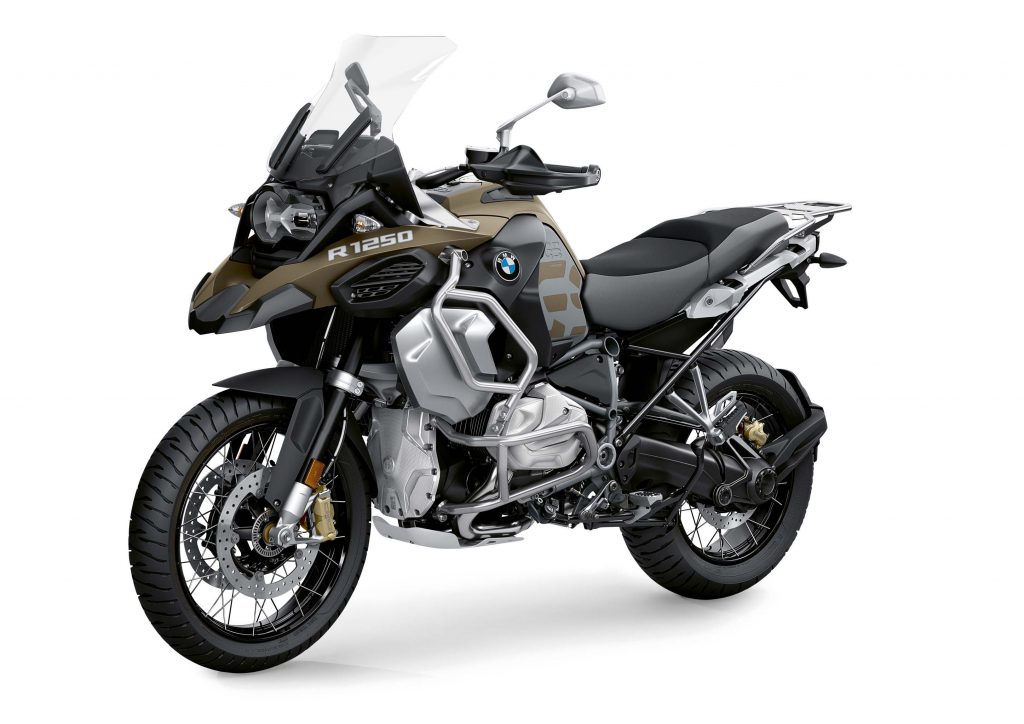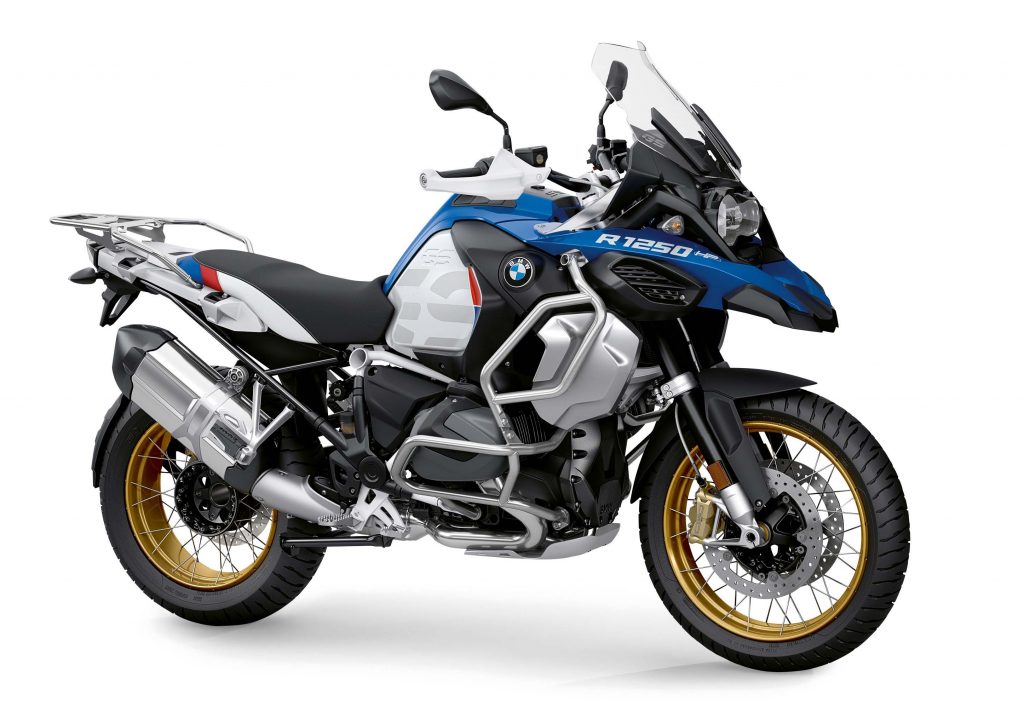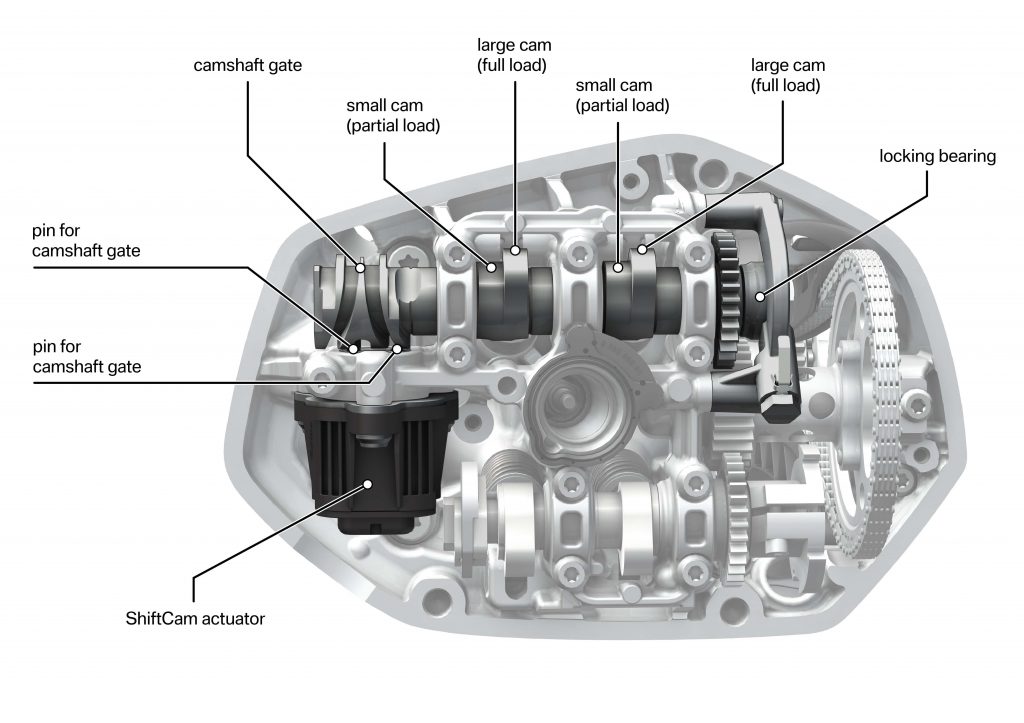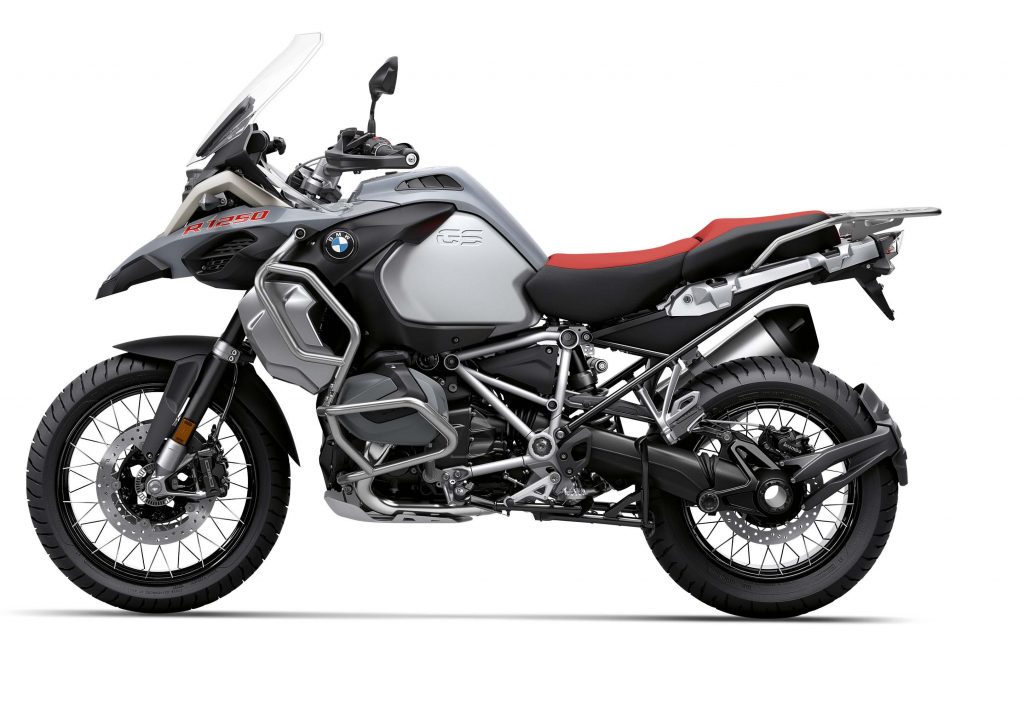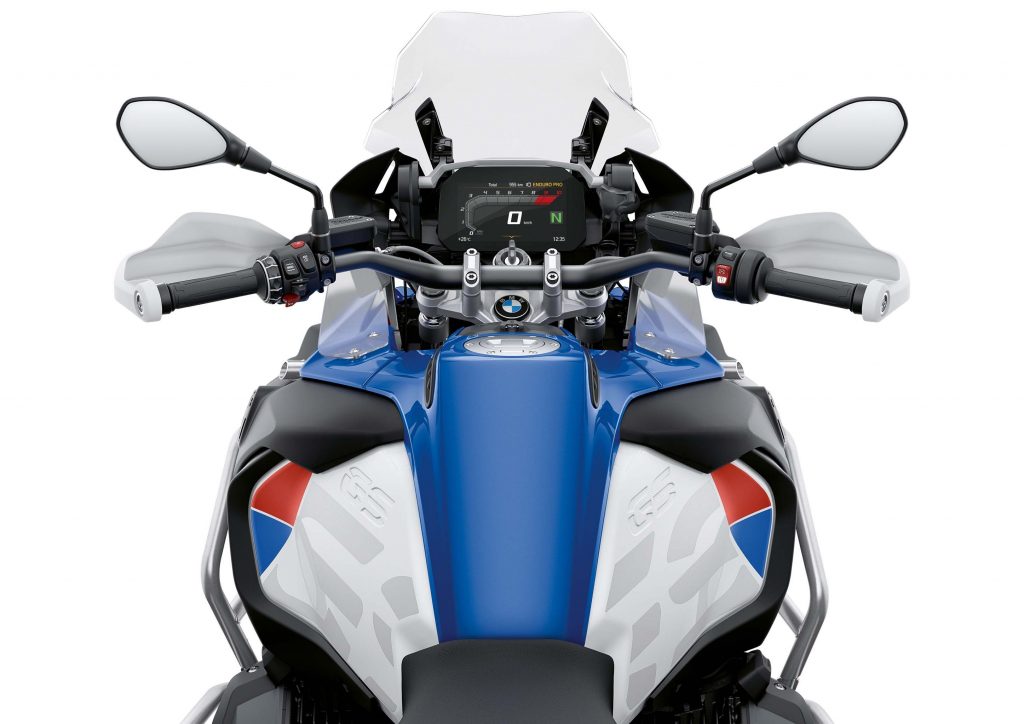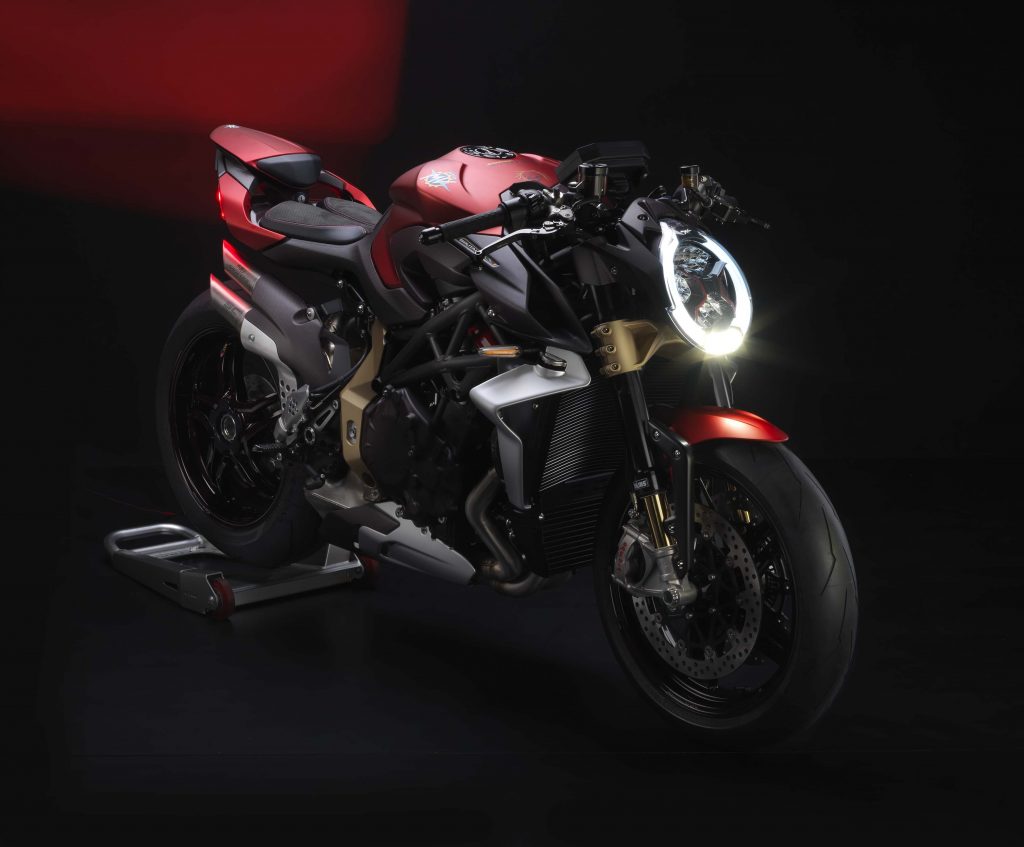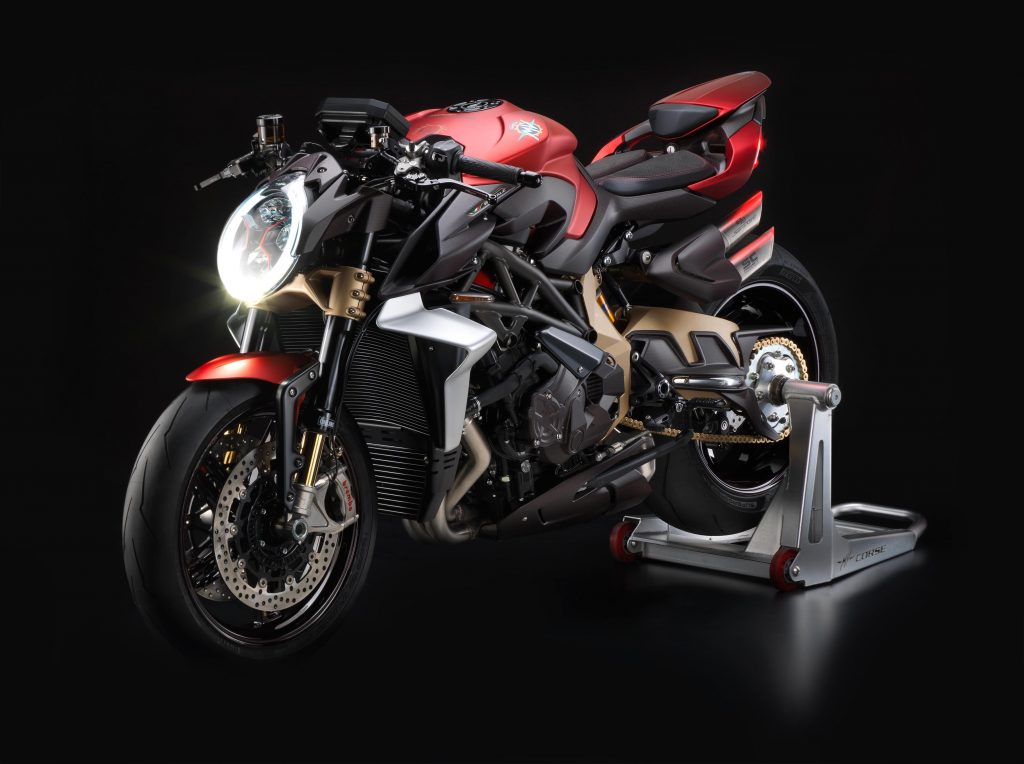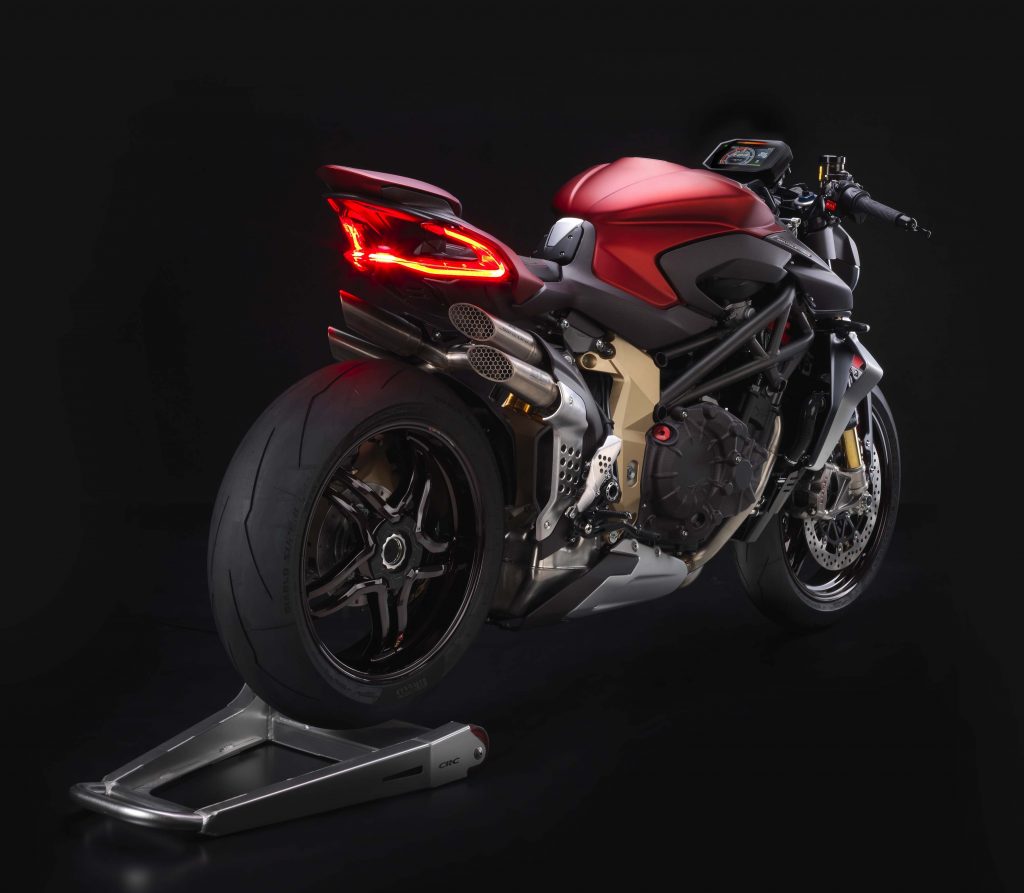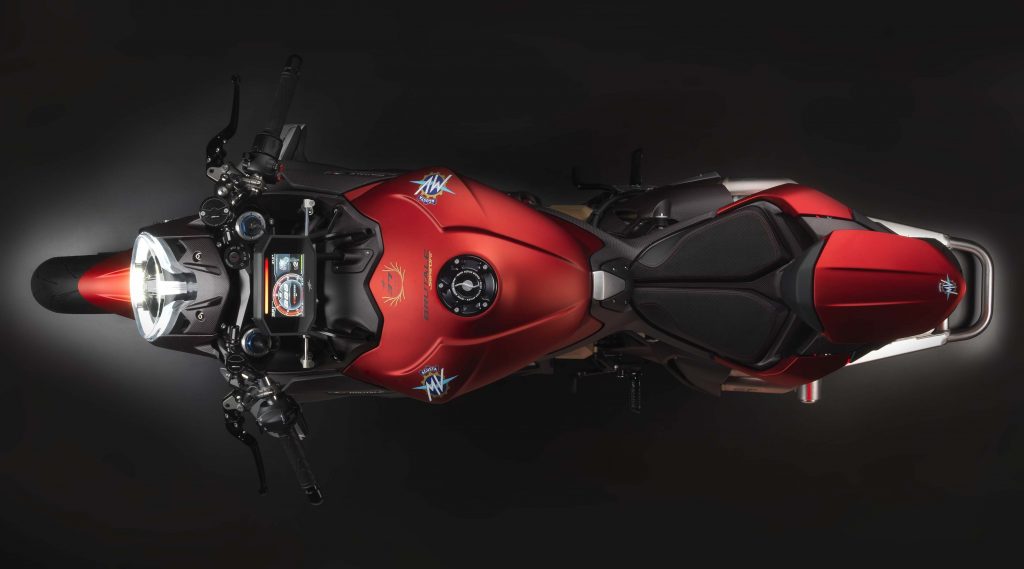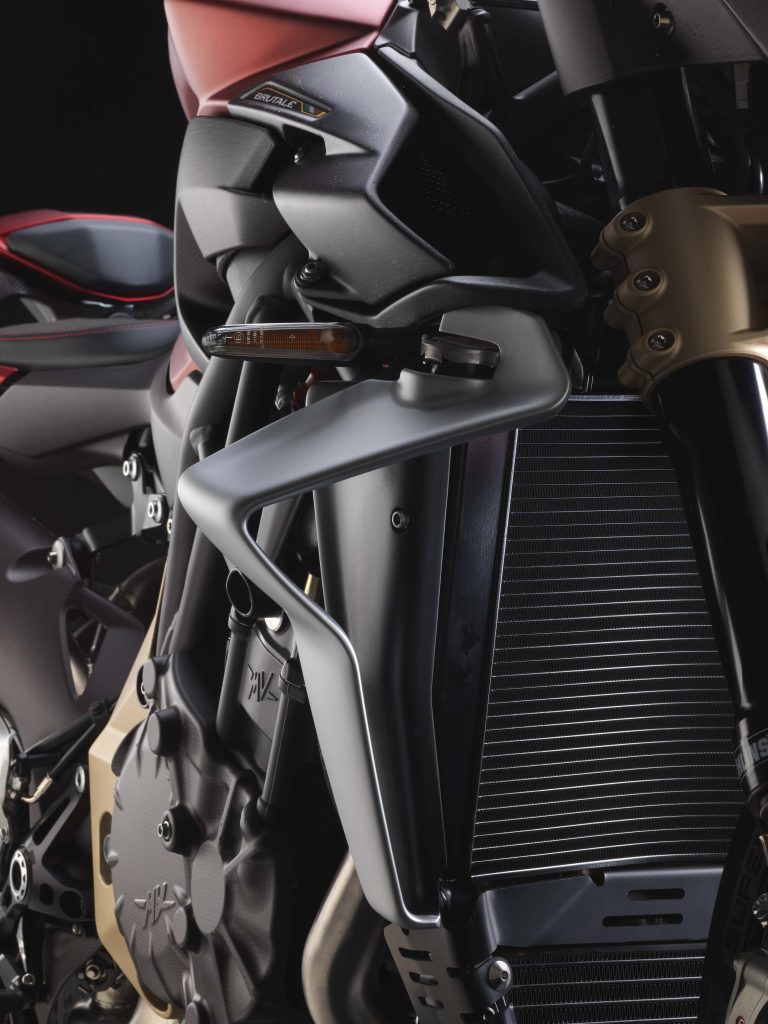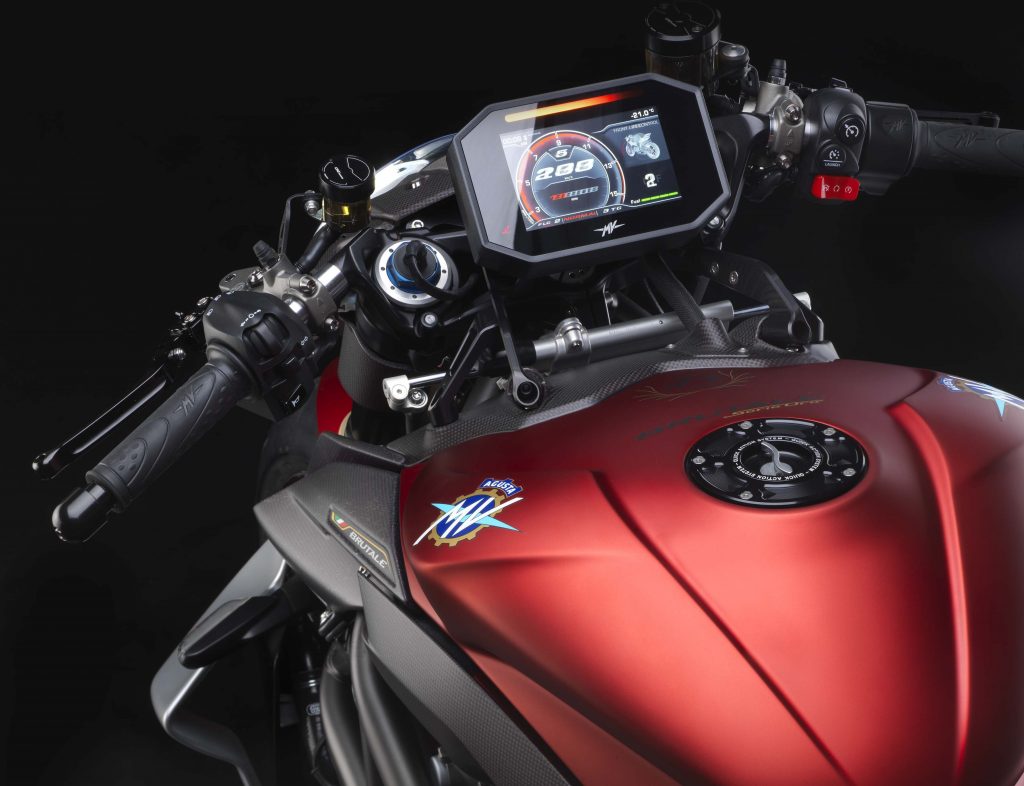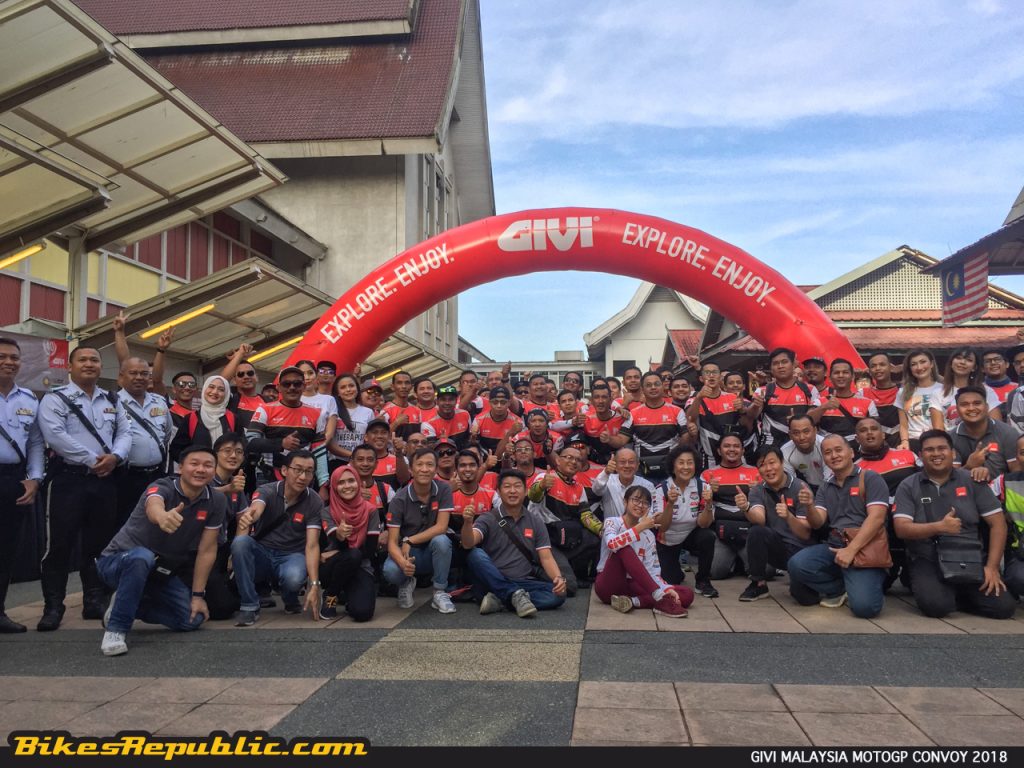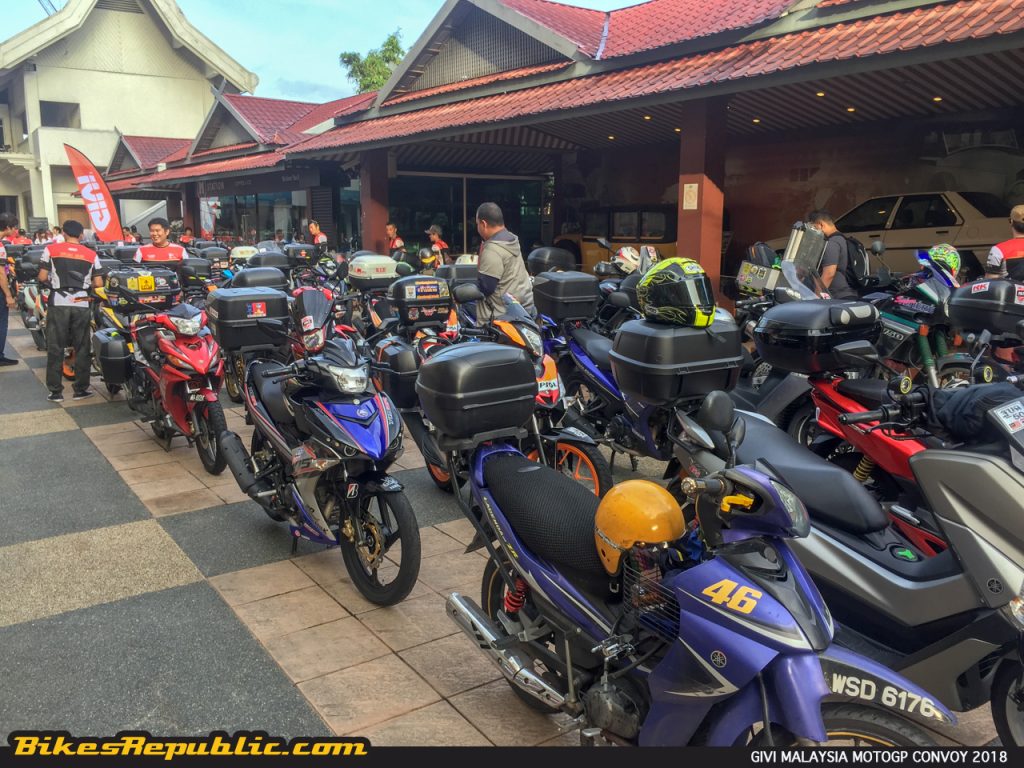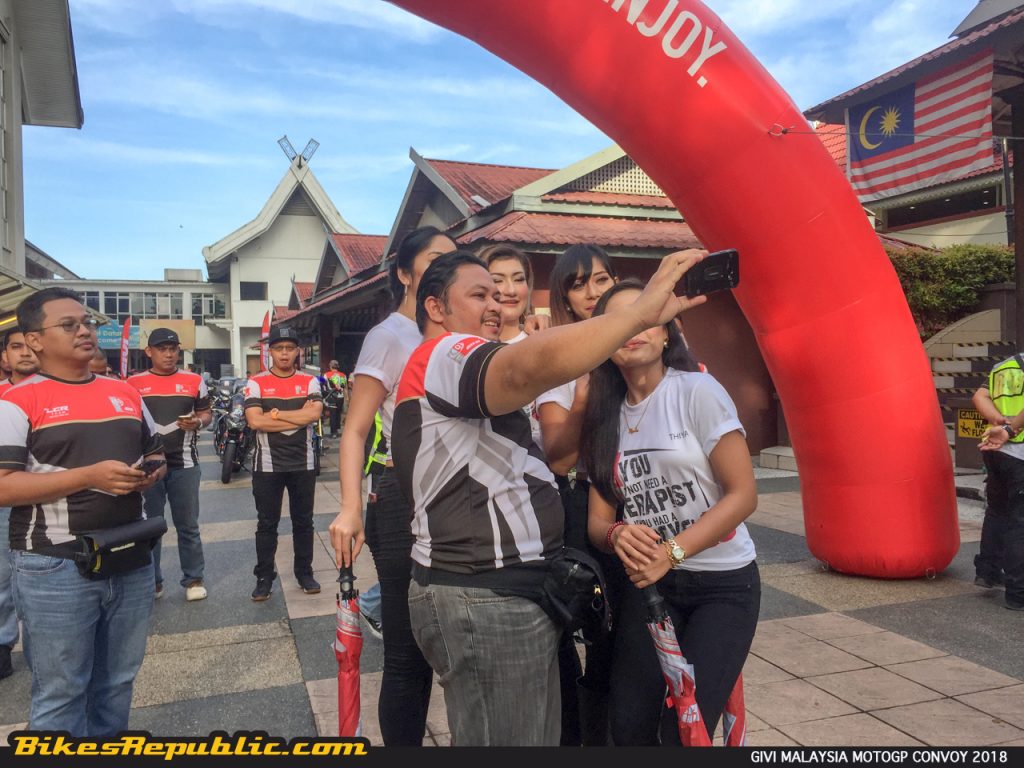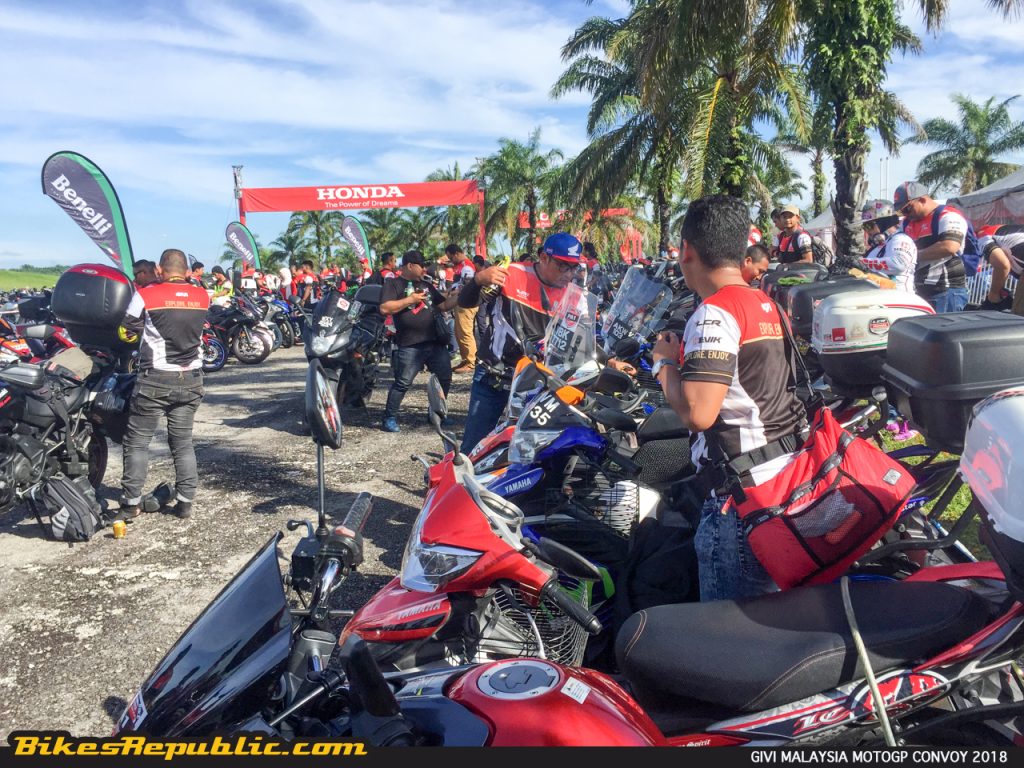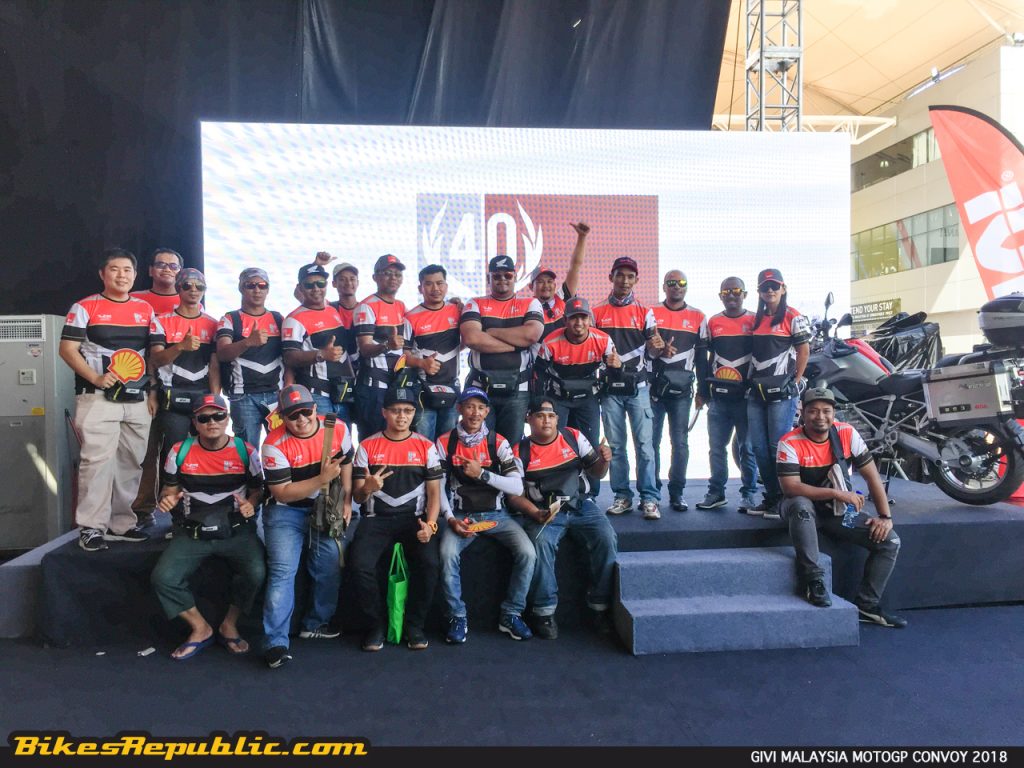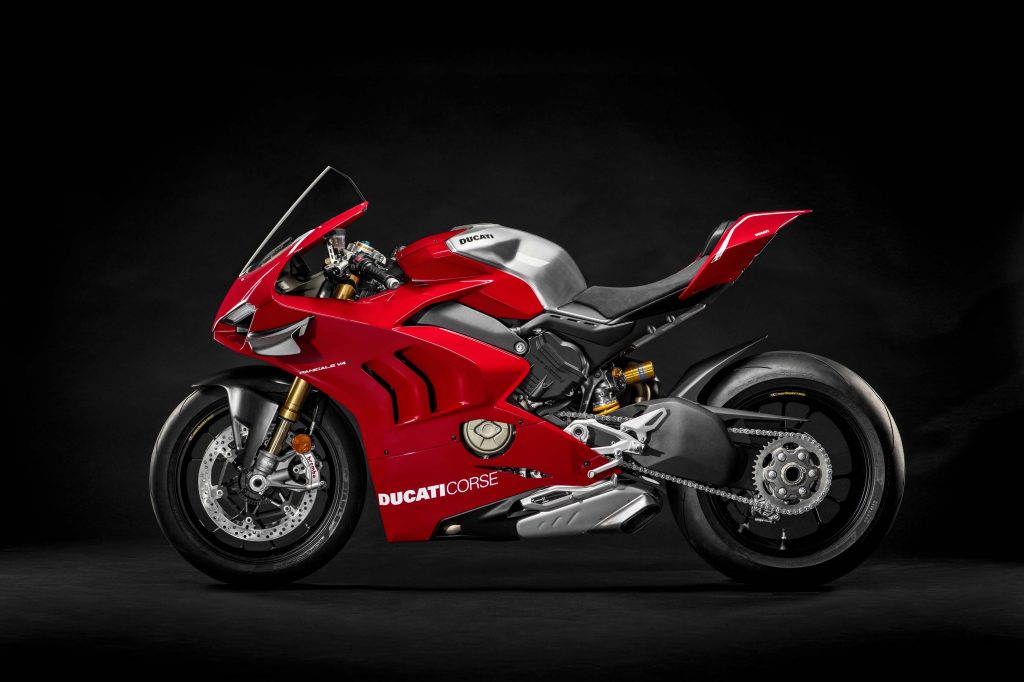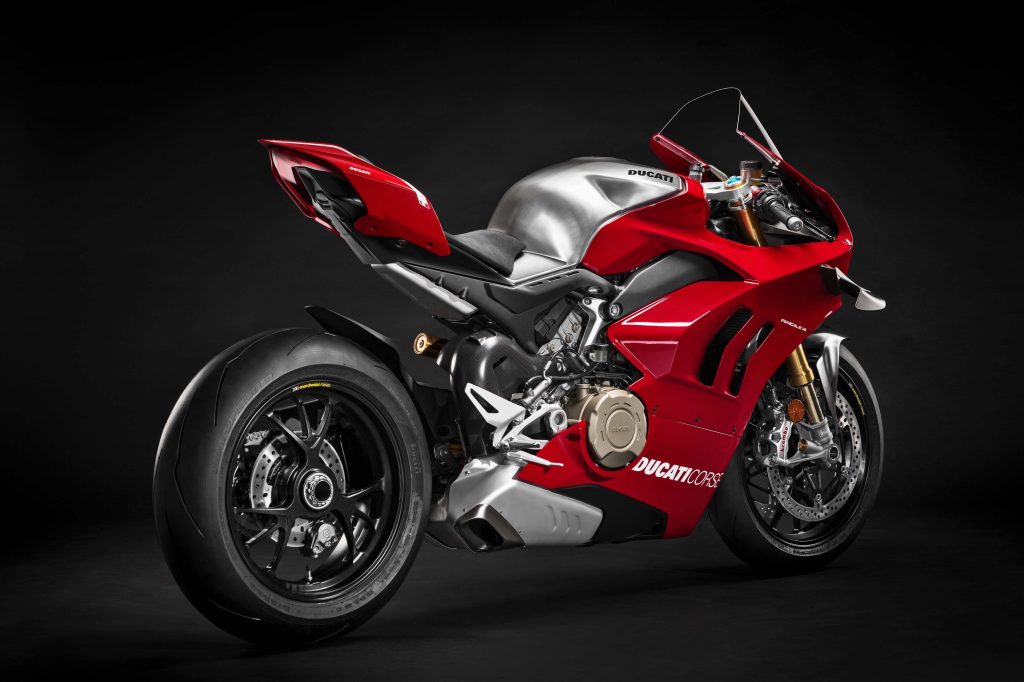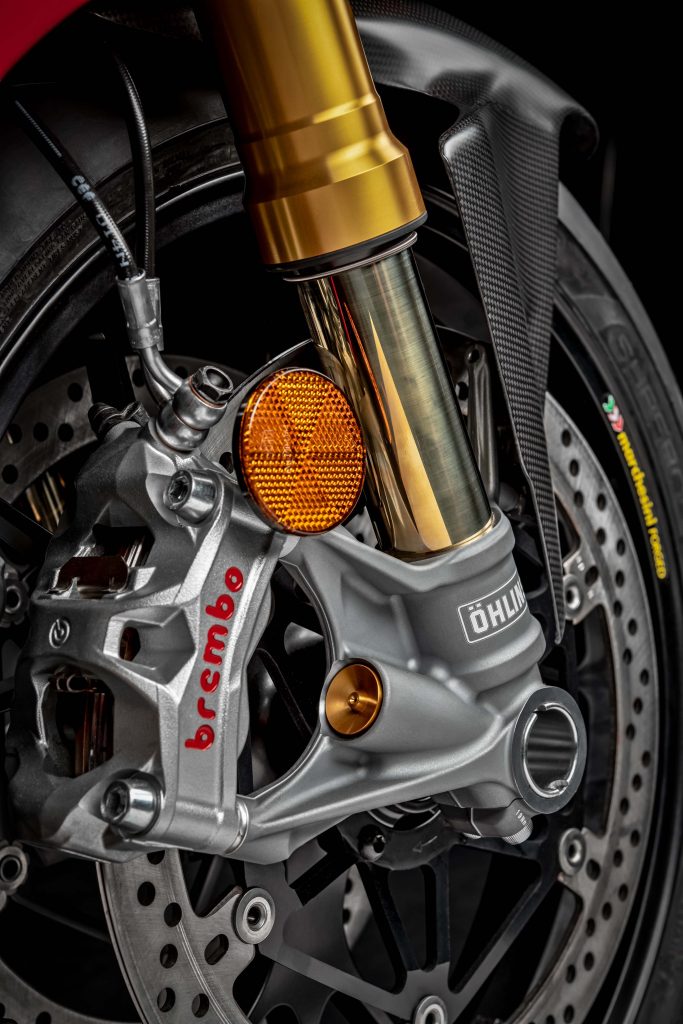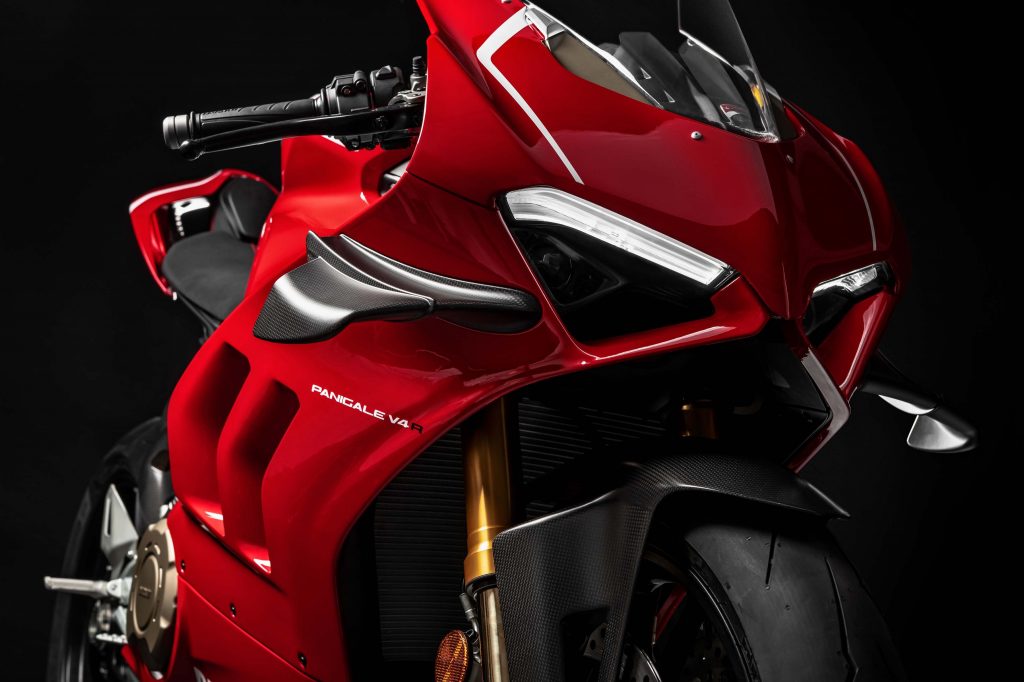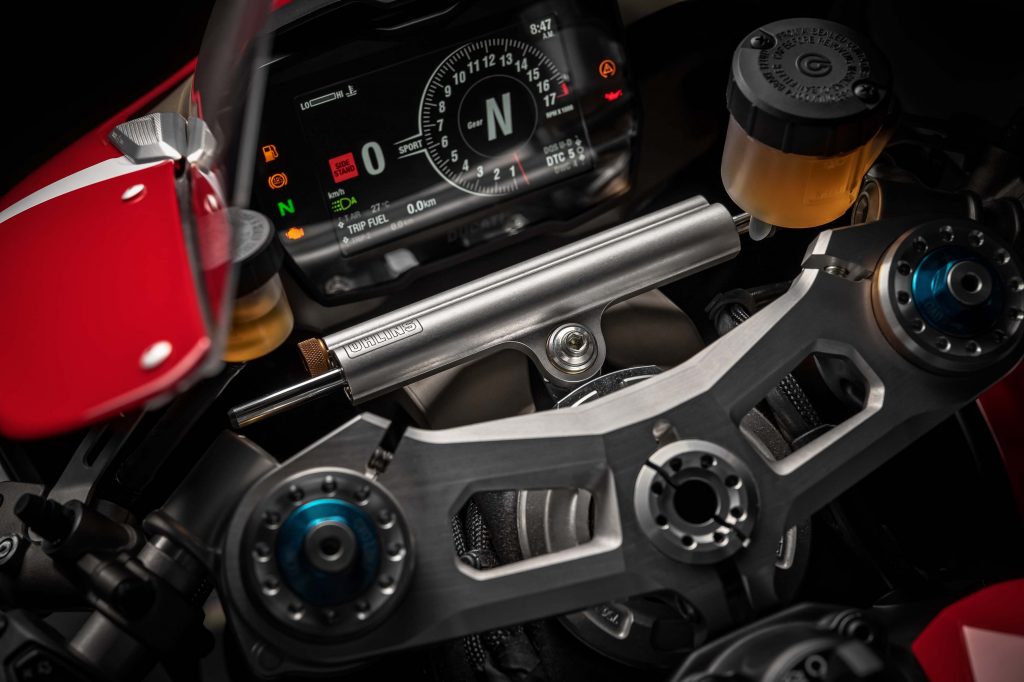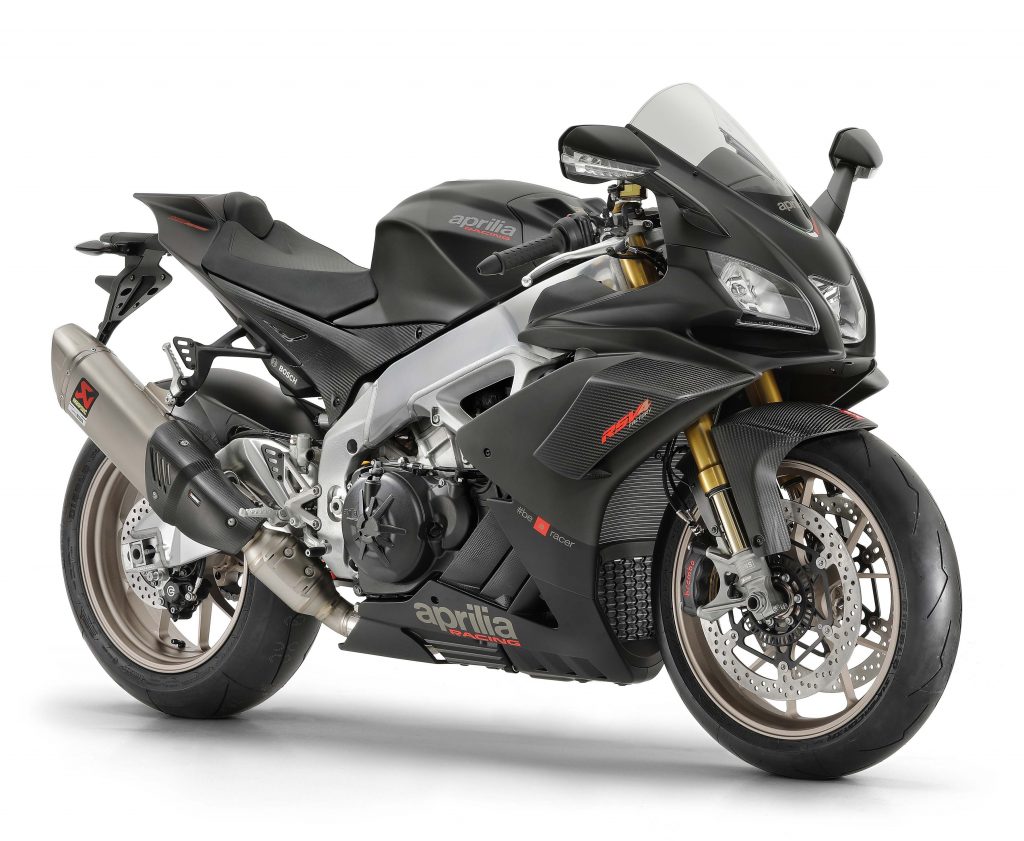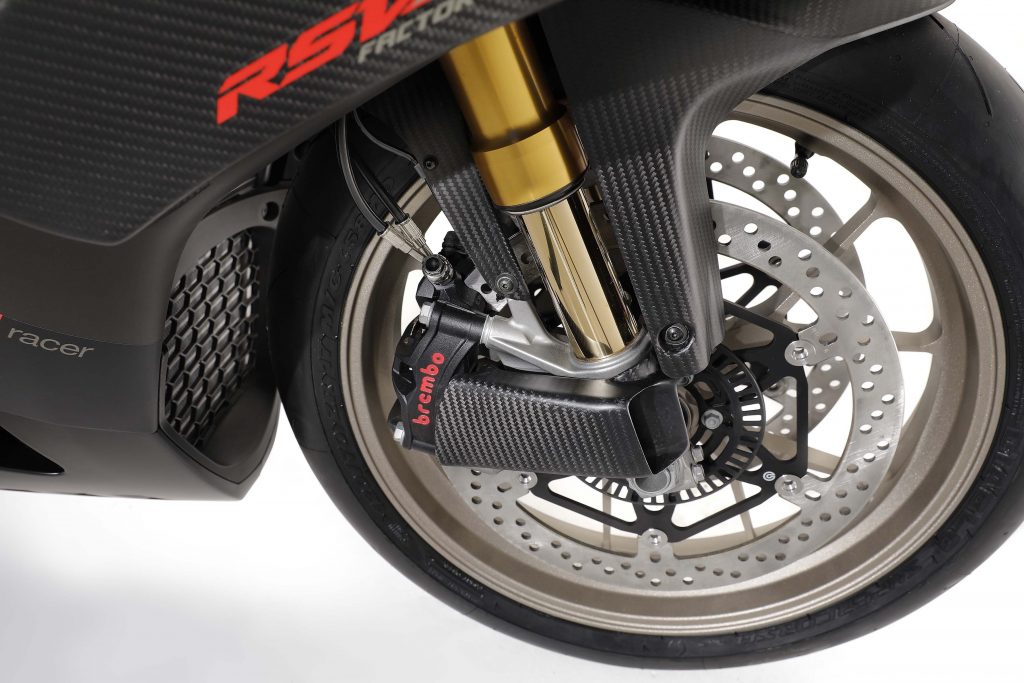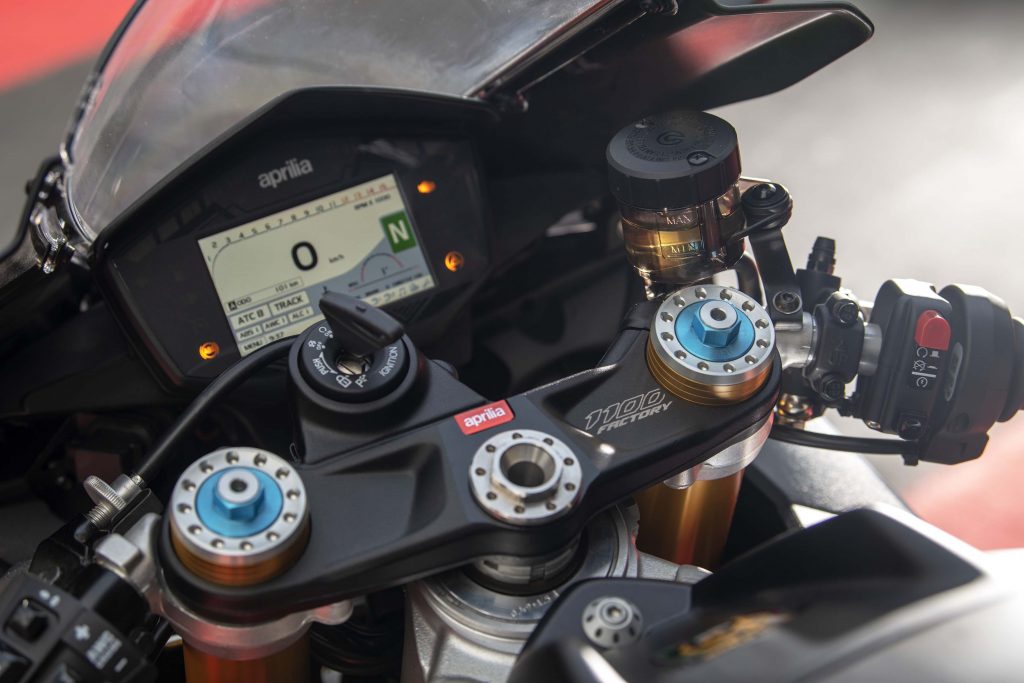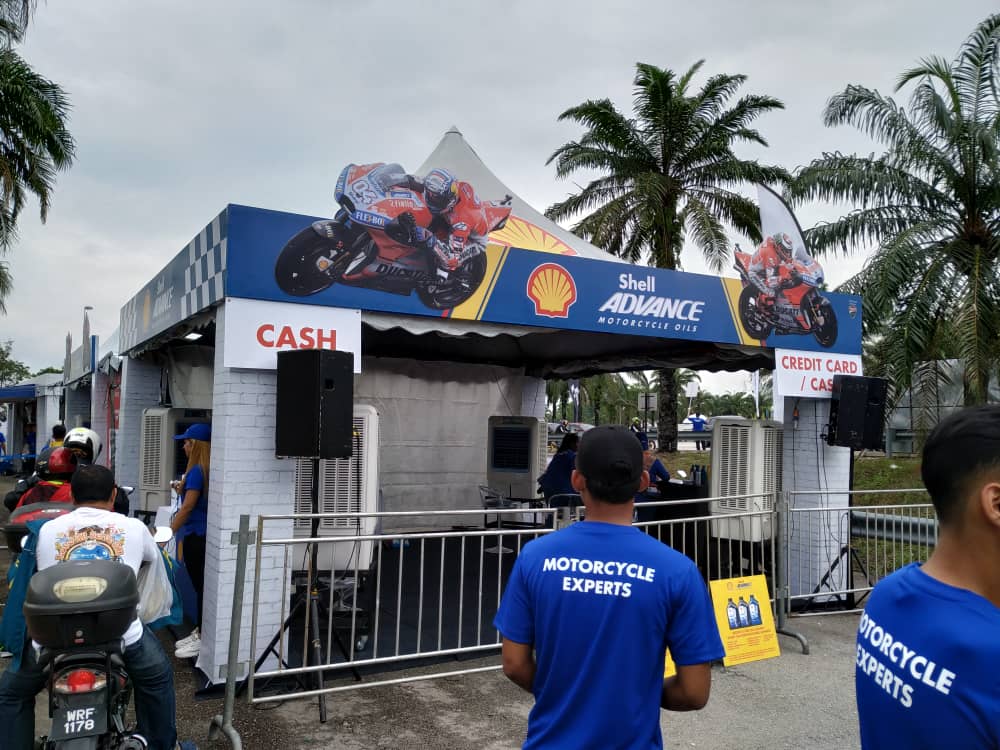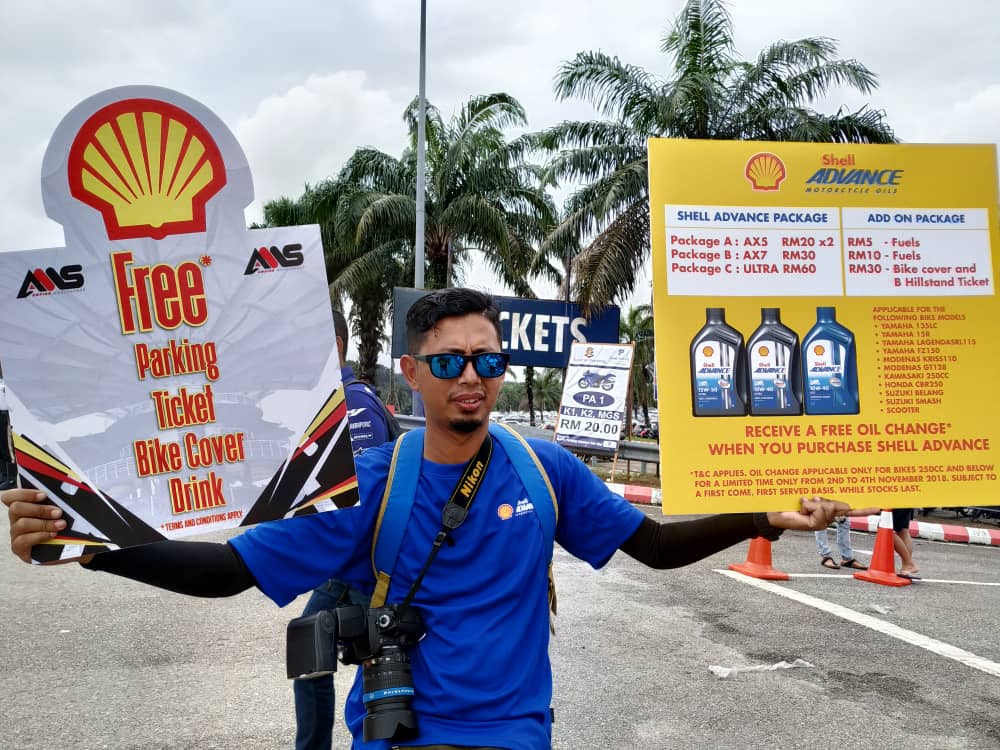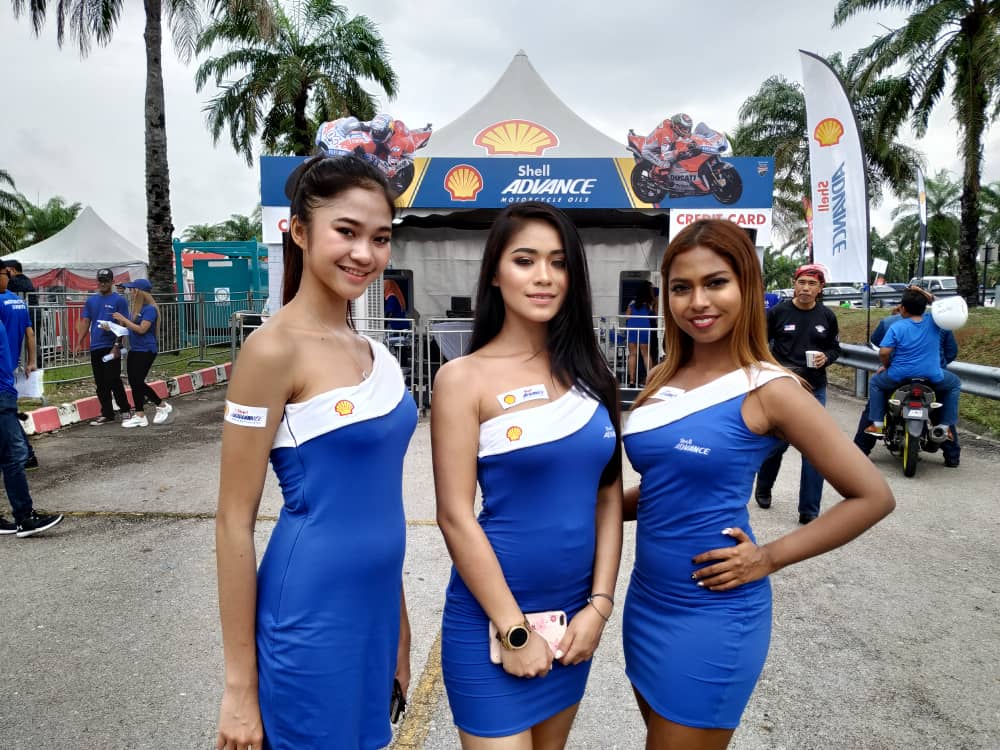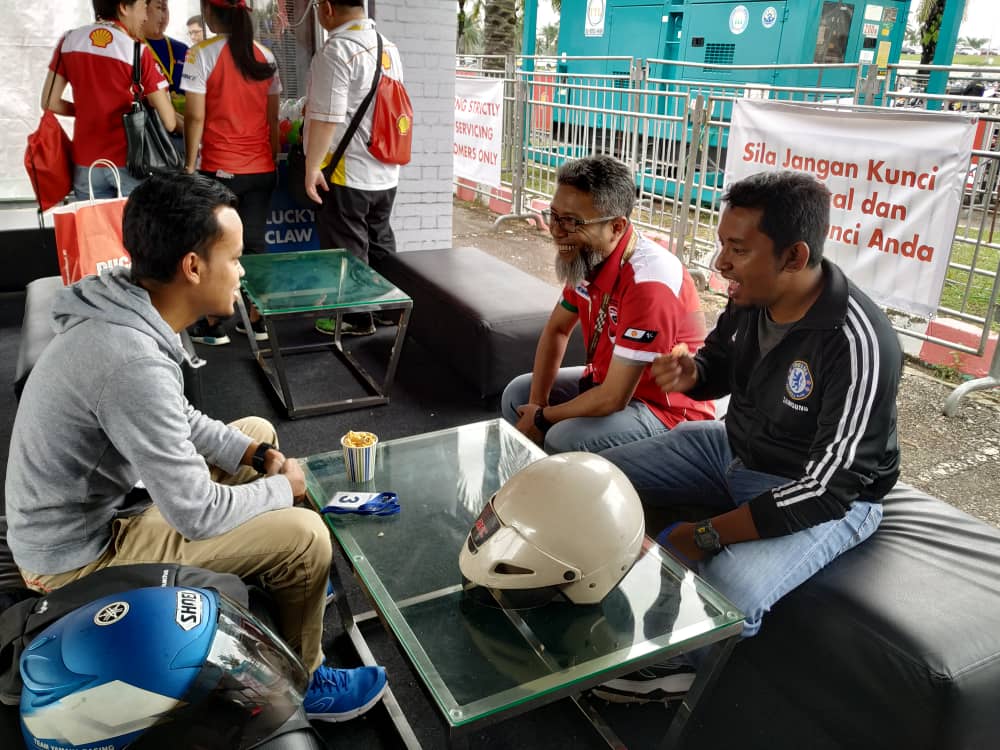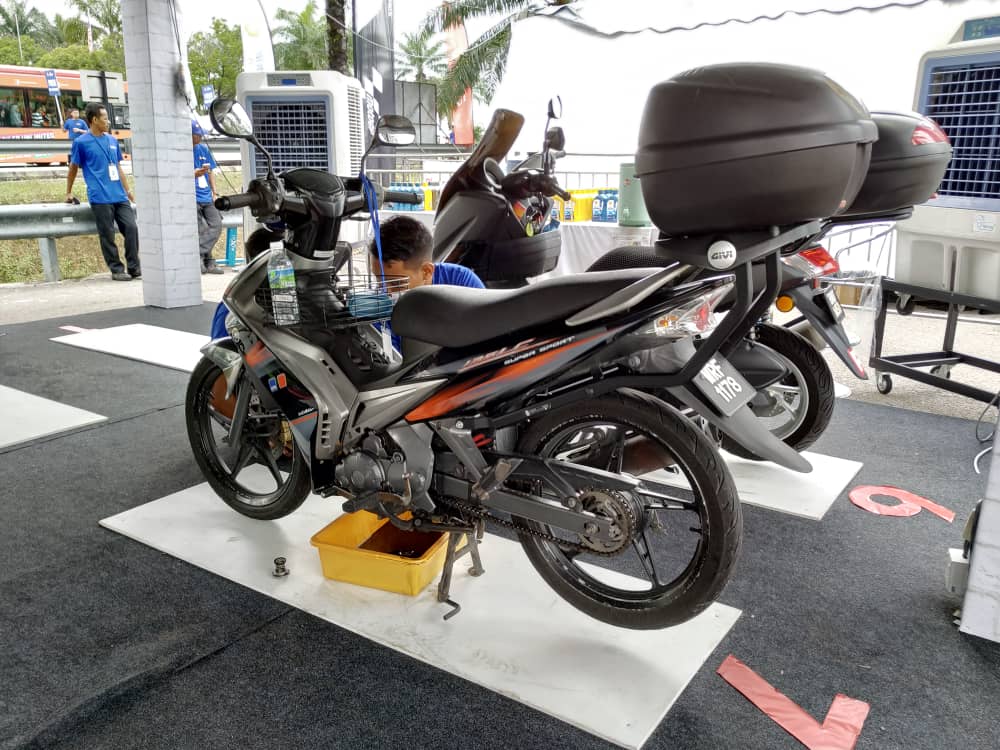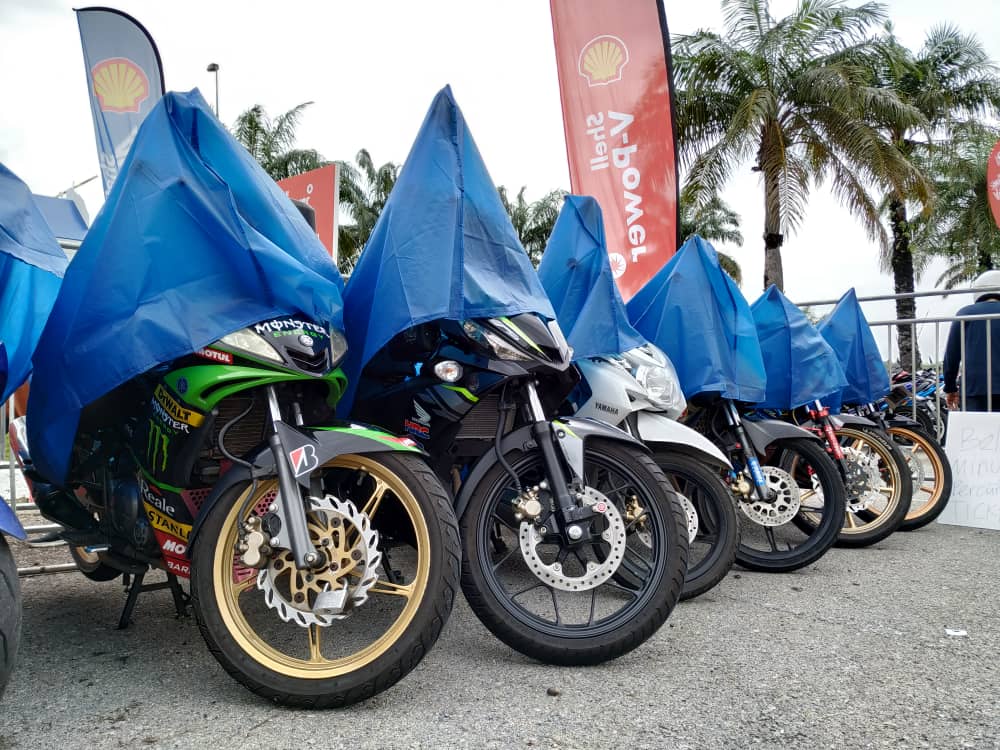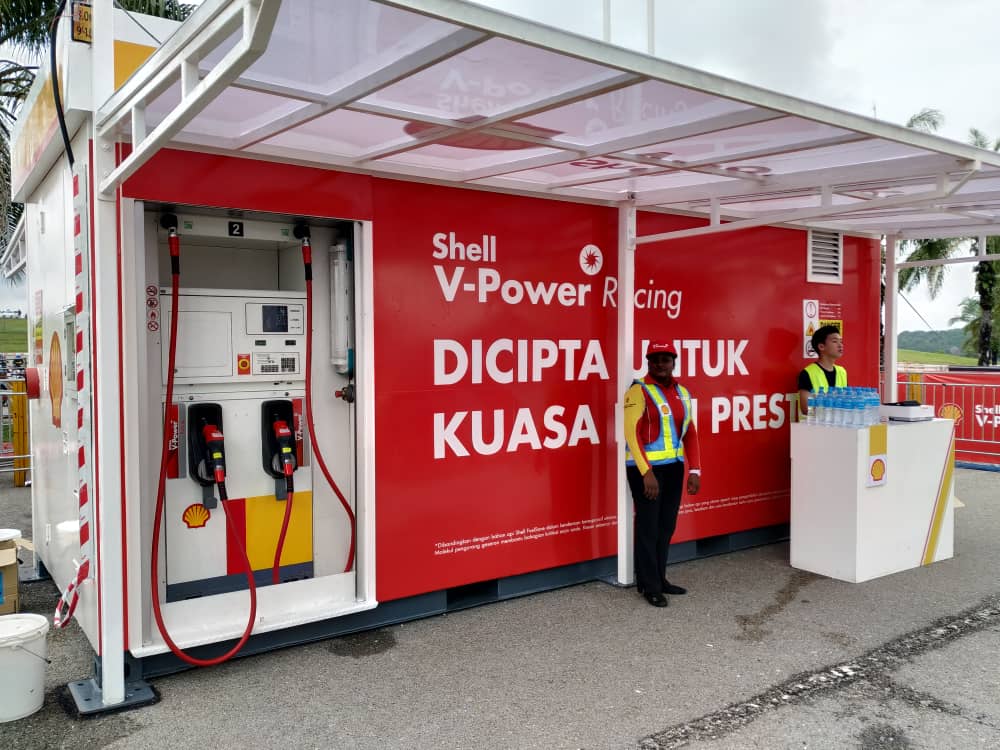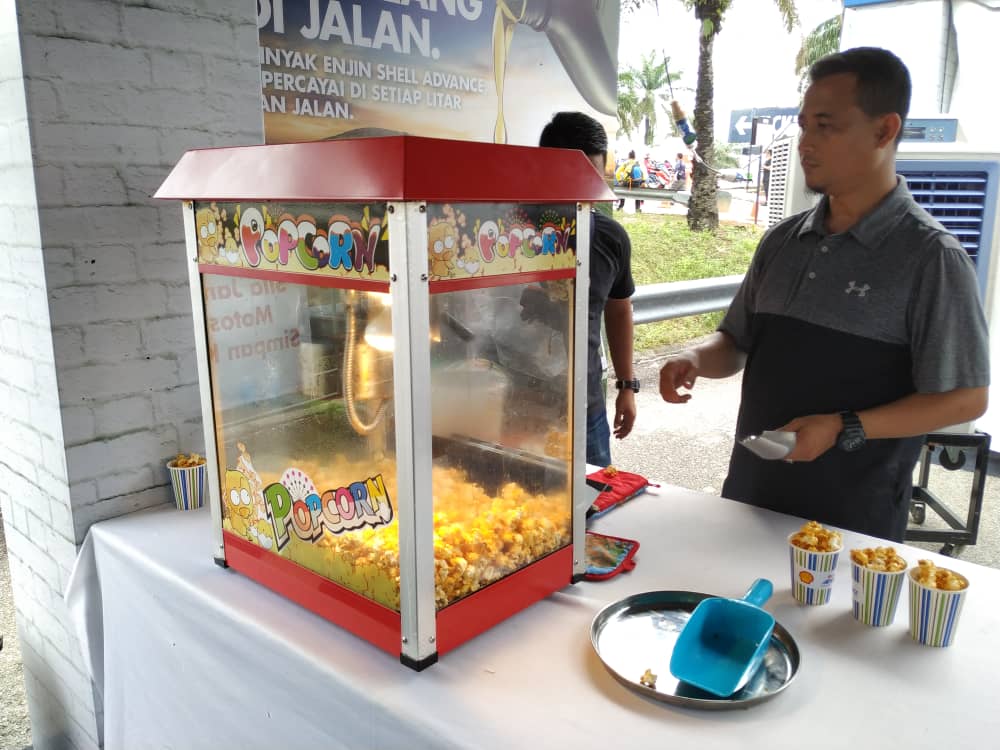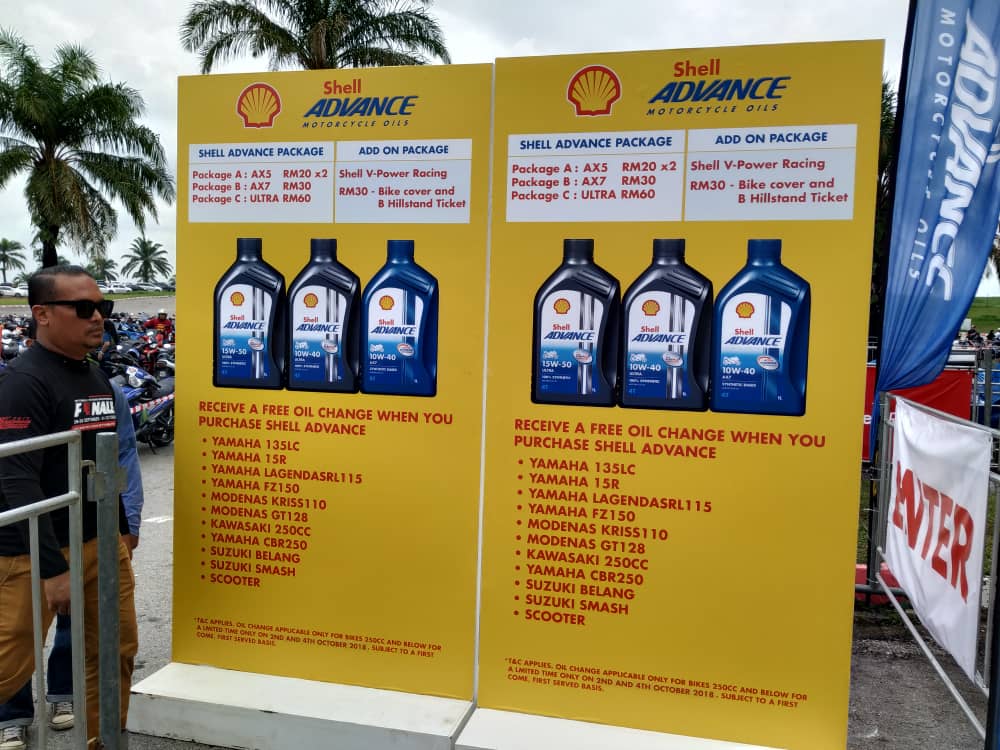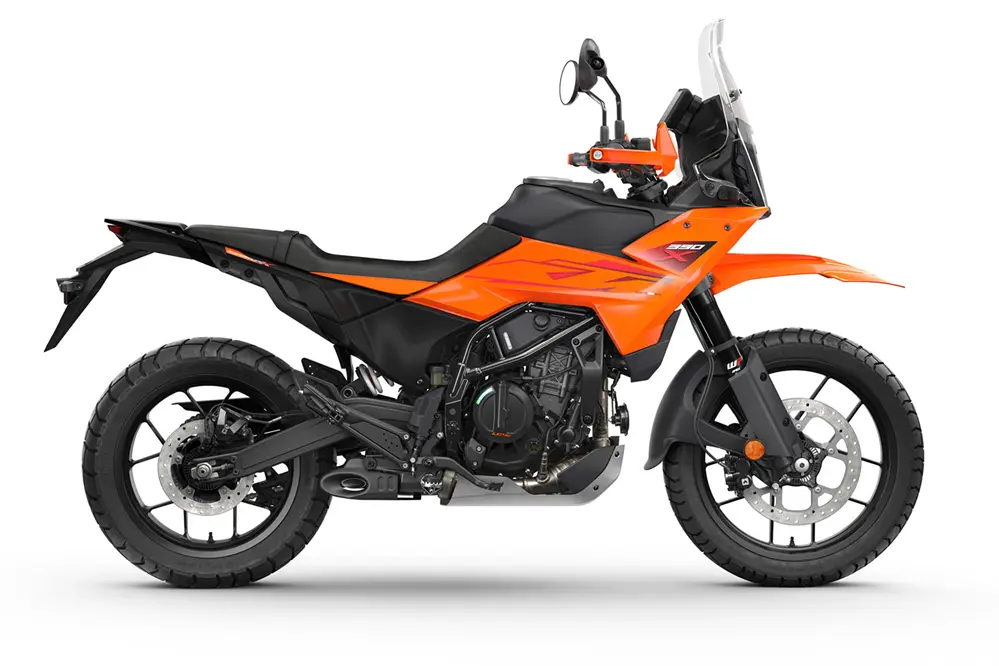-
We published the rumor of Aprilia working on a two-cylinder middleweight.
-
The Aprilia RS 660 concept was unveiled at EICMA 2018.
-
The engine is a parallel-Twin based on the RSV4 1100/Tuono 1100 V4.
We published a report on the rumors of Aprilia working on a two-cylinder middleweight model back in August, based on Asphalt & Rubber’s report. Well, it turned out that they’ve got a pretty good intelligence network; because Aprilia has unveiled the Aprilia RS 660 Concept EICMA 2018.
Rumours of Two-Cylinder Aprilia Middleweight Supersport Gaining Momentum
As per the rumours, the engine is based on the long-running RSV4 1100/Tuono 1100 V4 engine minus the two rear cylinders. The exclusion of the rear bank of cylinders turns the RS 660’s engine into a parallel-Twin.
The Truth About Parallel-Twins
Our market may frown upon the “bad perception” over the parallel-Twin in the previous Kawasaki ER-6 and Versys 650 models. However, the parallel-Twin engine is more compact and less complex than a V-Twin. It is also cheaper to produce.
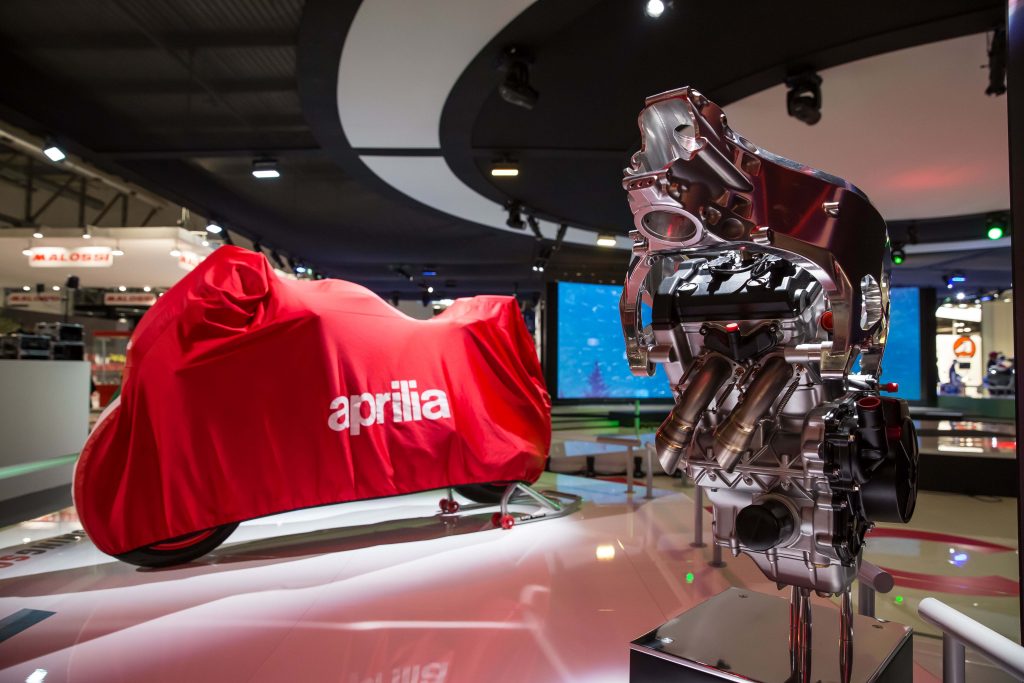
A V-Twin needs a lot of space front-to-aft in the frame, thus necessitating a shorter swingarm to achieve a correspondingly short wheelbase. But a shorter swingarm begets more tangential forces from the chain which in turn causes the rear end to squat under acceleration and lift the front wheel. This means the rider cannot open the throttle early to avoid pushing the bike wide in corners. Look at how stubby is the Ducati Panigale’s swingarm.
Besides that, if you locate the front cylinder of a V-Twin closer to the front to put more weight on the front wheel, you may not be able to employ a steep steering angle. As you know, a steeper steering angle is necessary for agility. Sure, you can tilt the cylinders upwards. But now you don’t have enough weight on the front wheel. Besides that, the bike becomes taller to clear the top of the cylinder head covers.
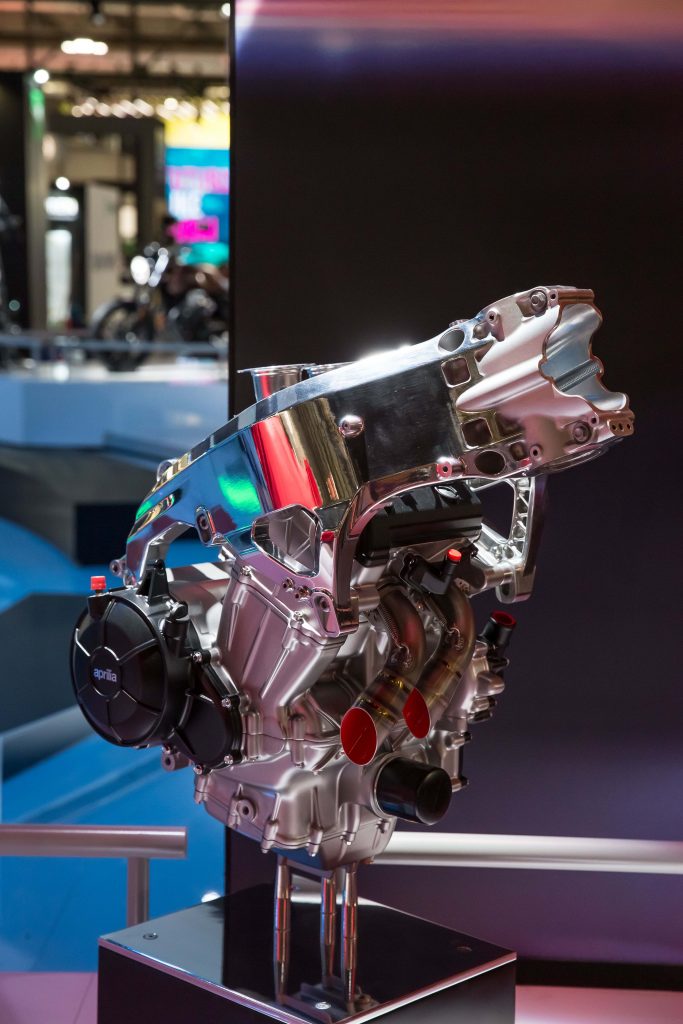
A parallel-Twin (or any inline-engine), on the other hand, solves lots of packaging headache. There’s lots of room behind the cylinders to pack in the throttle bodies and shock absorber. You can tilt the cylinders towards the front wheel.
The benefits are:
- More weight on the front wheel.
- A longer swingarm still allows for a short wheelbase and less rear end squat.
- The rear shock absorber is not exposed to heat from exhaust header(s) like on a V-Twin or V-Four.
- Throttle bodies can “shoot” the air/fuel mixture straighter into the combustion chambers.
- More efficient cooling.
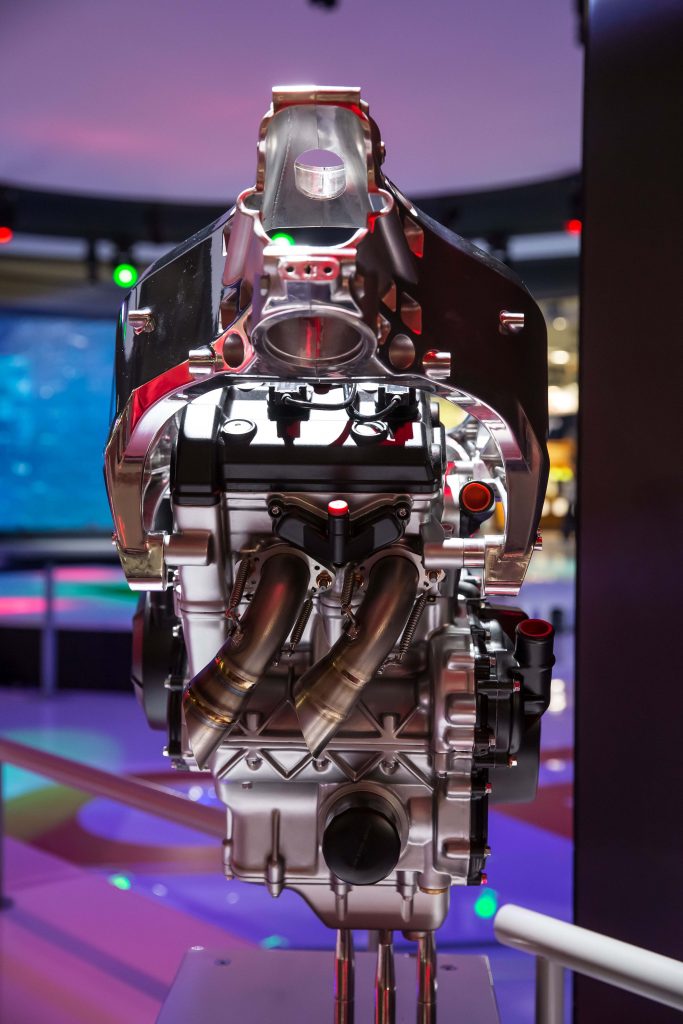
A parallel-Twin has more efficient cooling as both cylinders face the airflow. That’s why the riders of V-Twins and V-Fours feel as if their inner thighs are being roasted to perfection.
Back to the RS 660, we hope Aprilia uses a different crankshaft spacing than the traditional 180o. The 270ocrank like that on the Triumph Bonneville mimics a 90oV-Twin in both engine vibration and torque characteristics.

Aprilia wanted a middleweight that is compact, light and agile hence a parallel-Twin makes perfect sense. Aprilia designed the RS 660 concept like their 250cc race bike. The (polished) aluminium frame uses the engine as a stressed member. The swingarm is also aluminium and curves over the exhaust on the right side. There is space for the rear shock to mount directly to the swingarm in the central position.
Aprilia also introduced the Aprilia Actice Aerodynamics (A3) concept on the RS 660. As the name suggests, the bike has the ability to change its front aerodynamic profile for the amount of downforce.
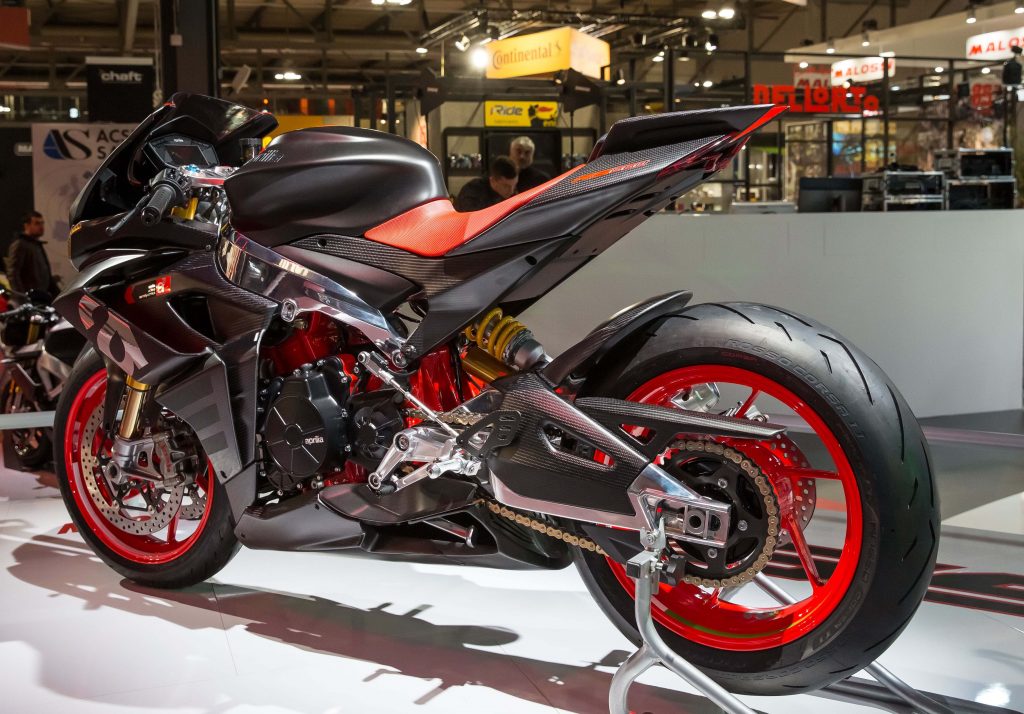
Aprilia says that the RS 660 will be produced for Europe, America and Asia.

